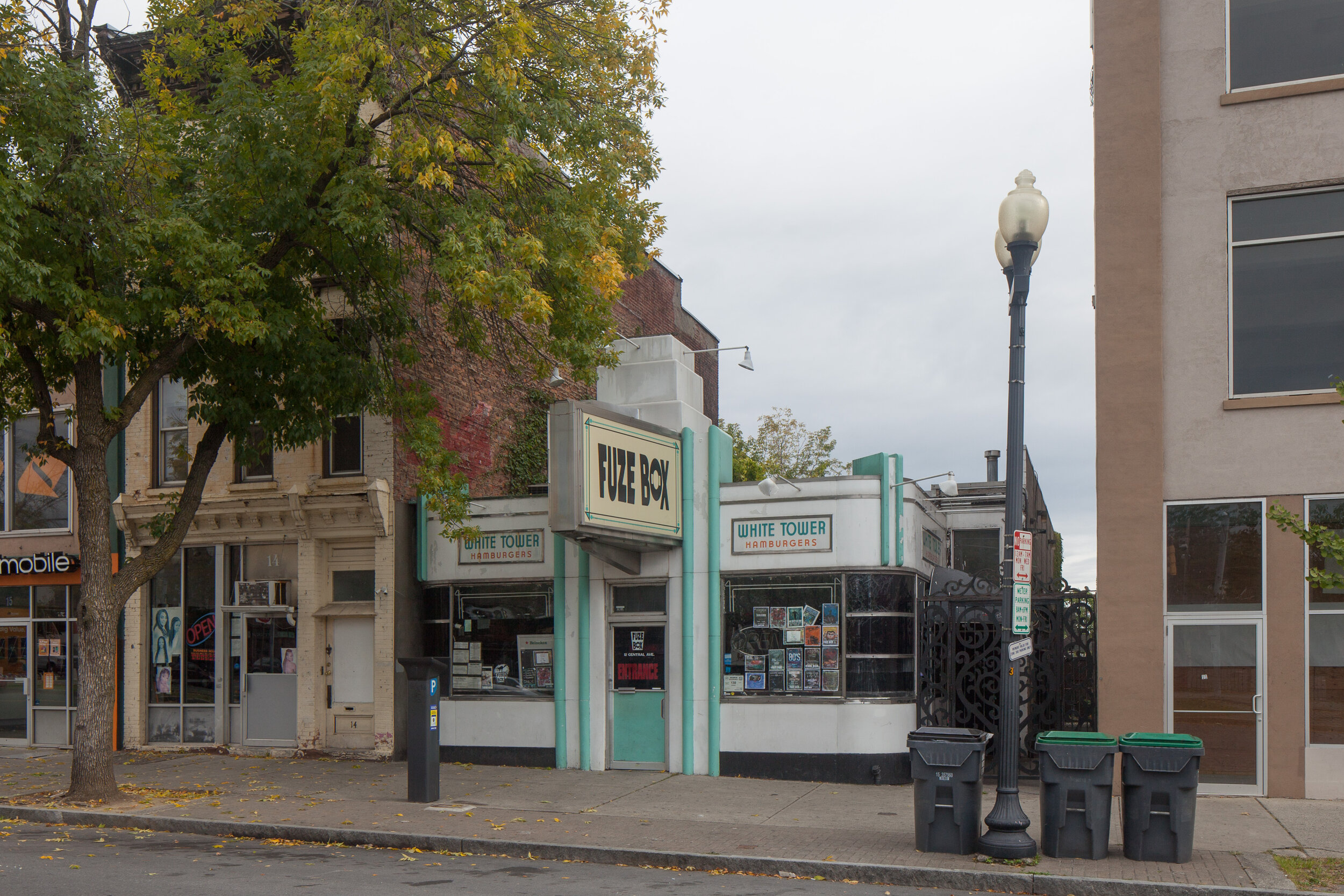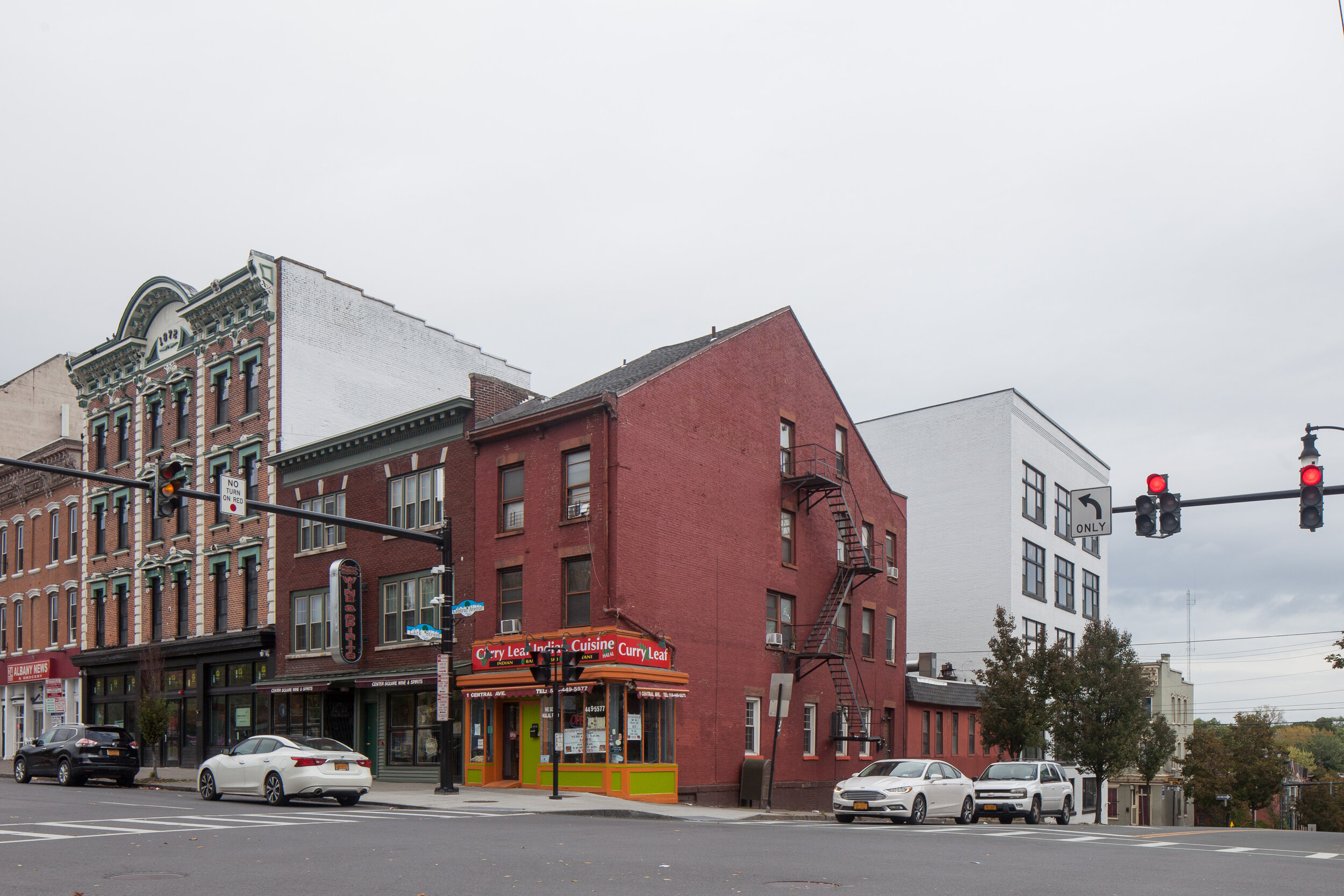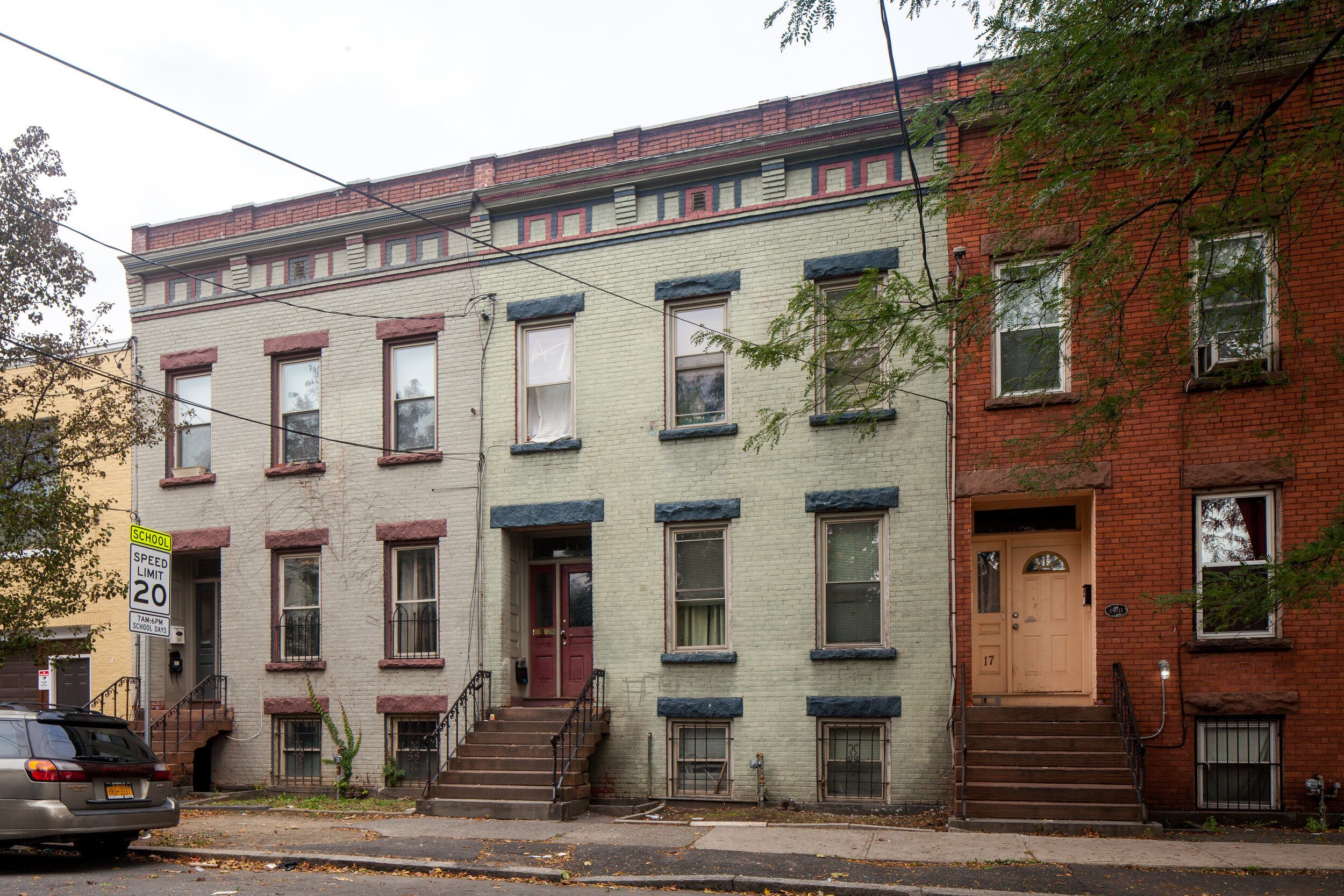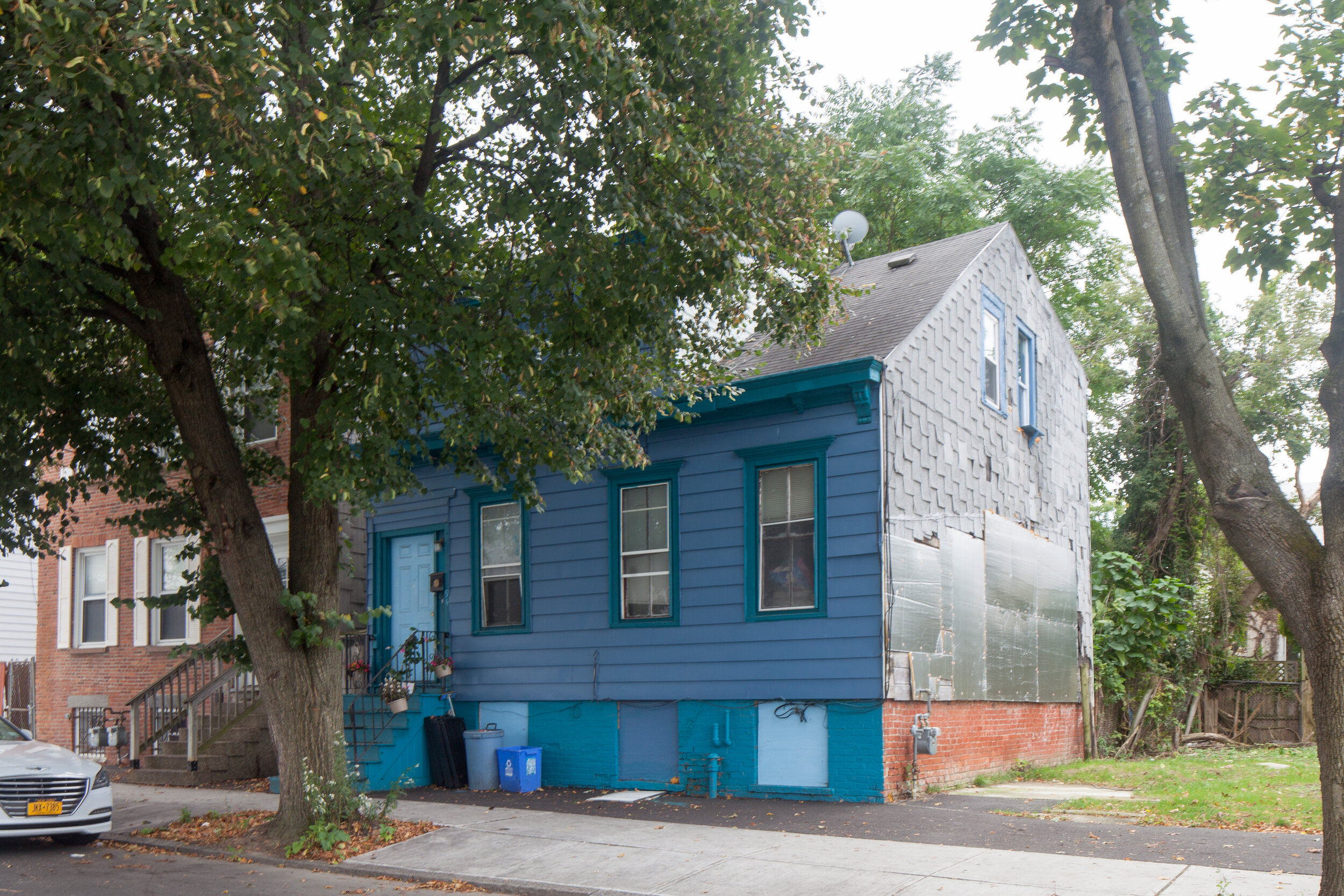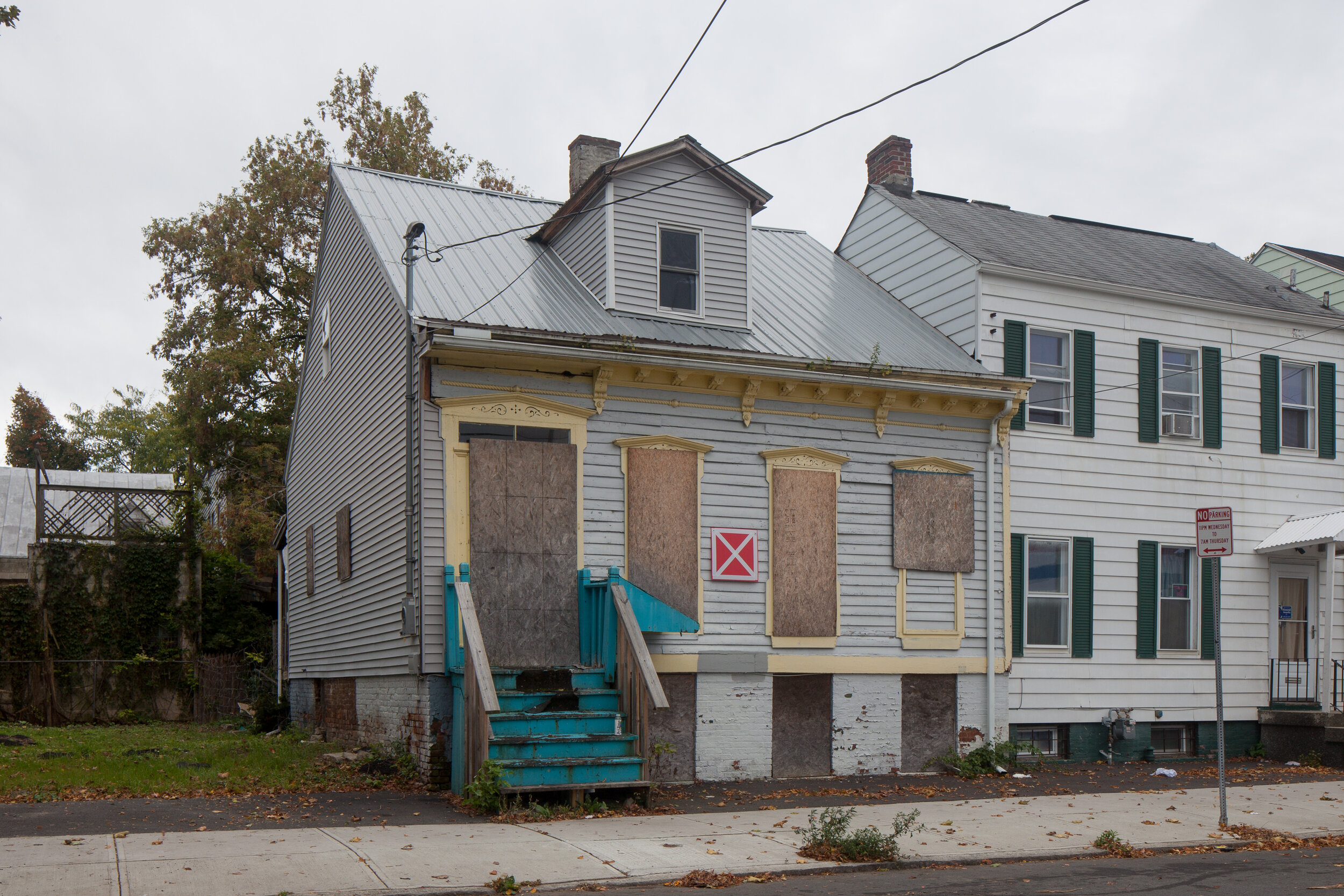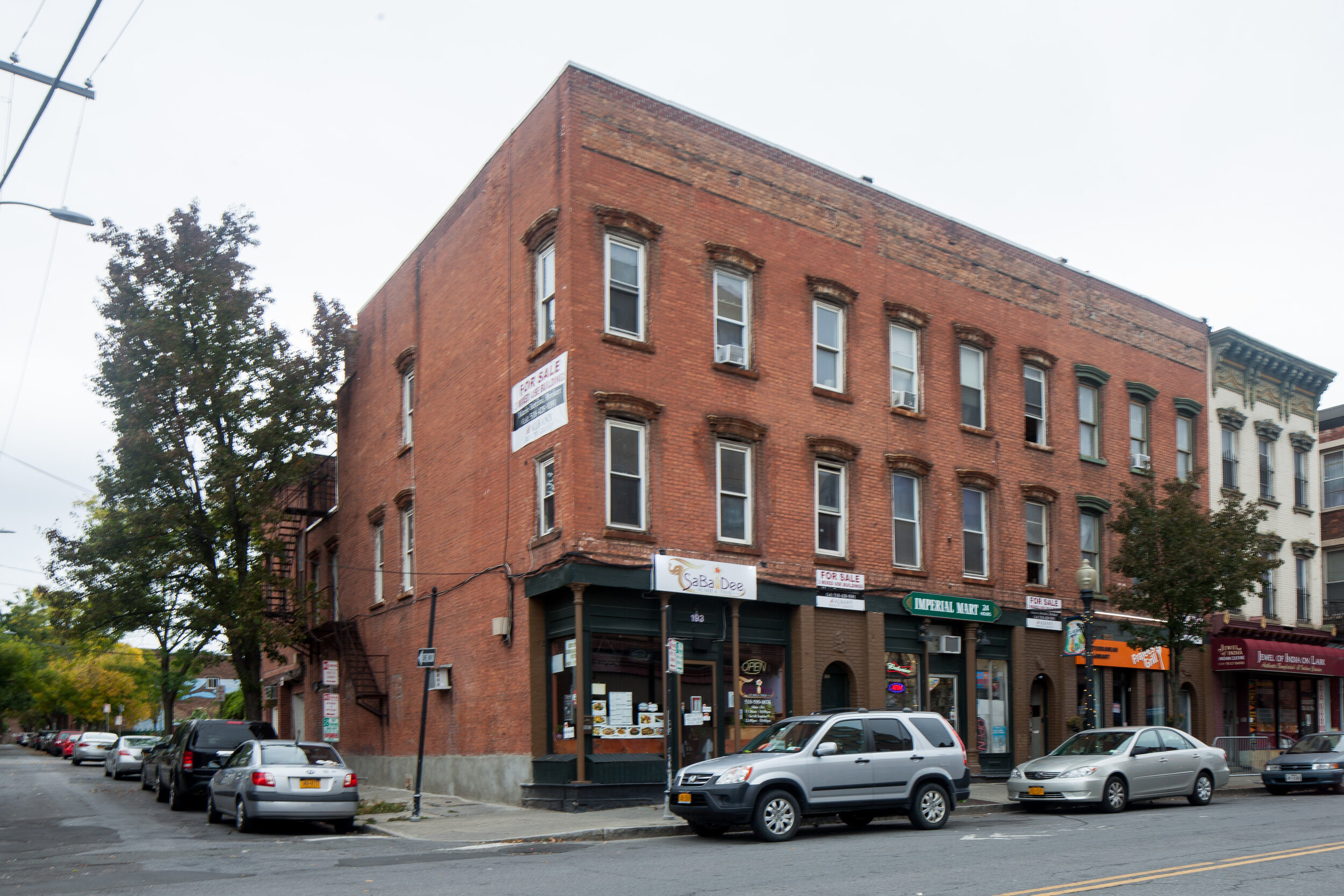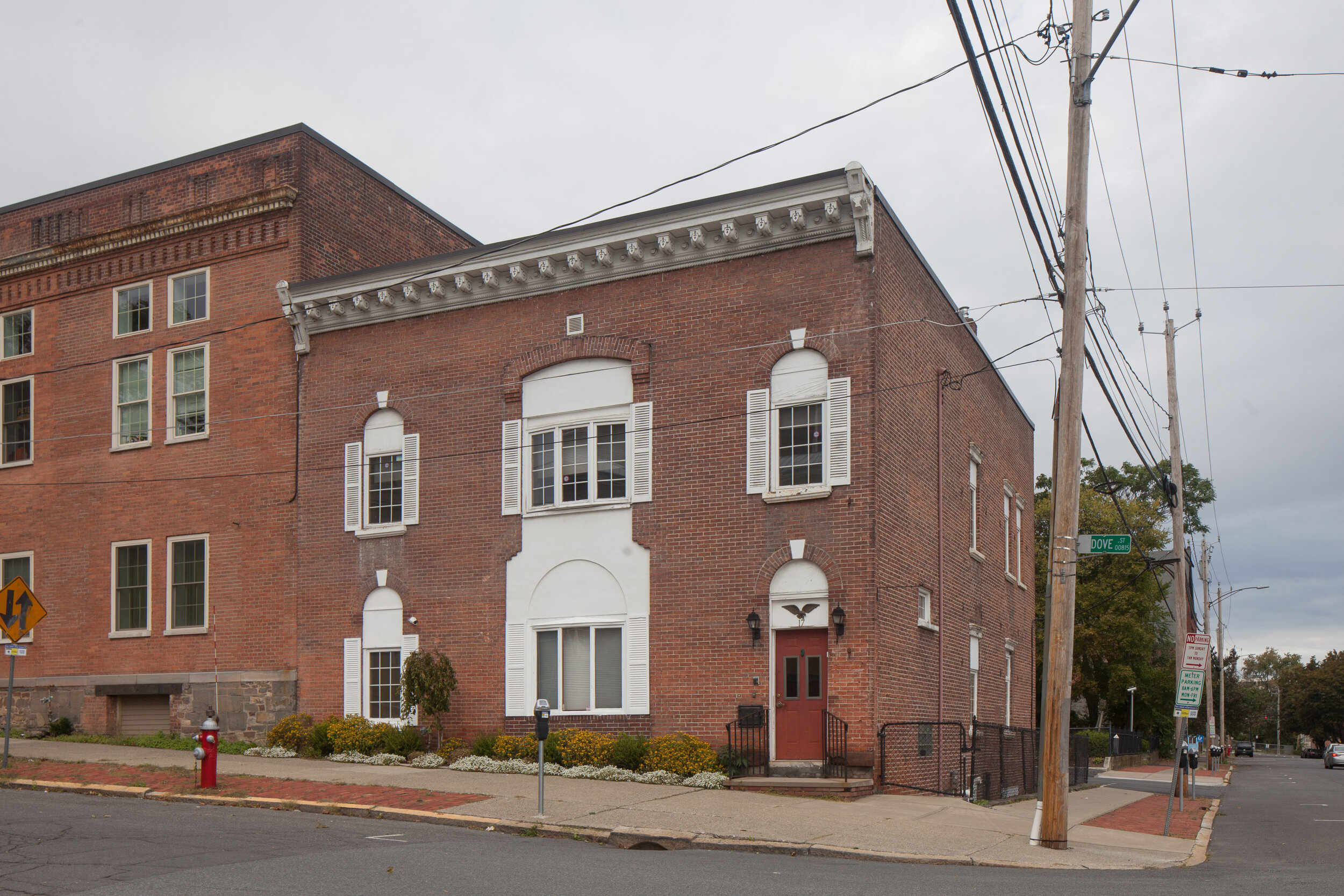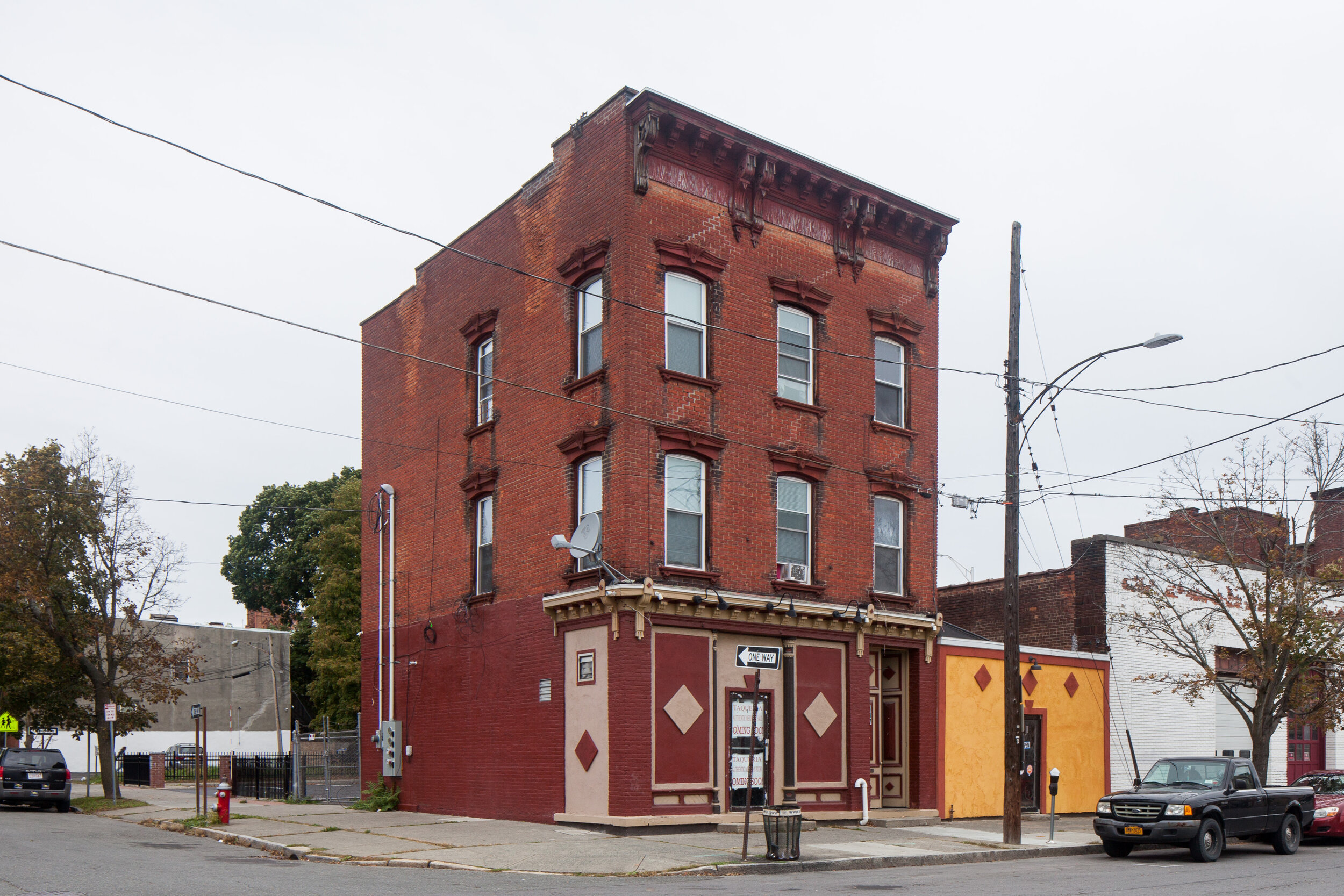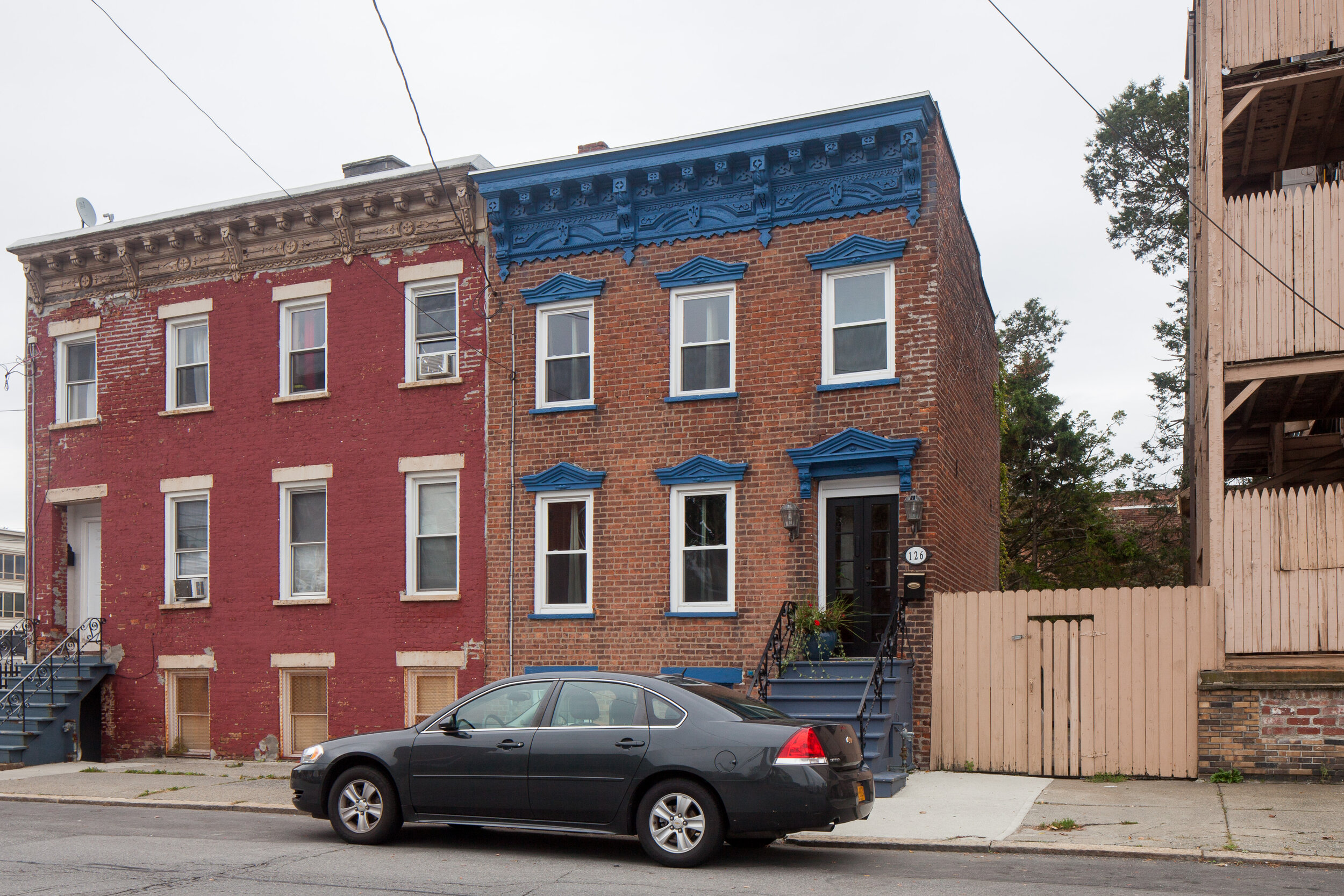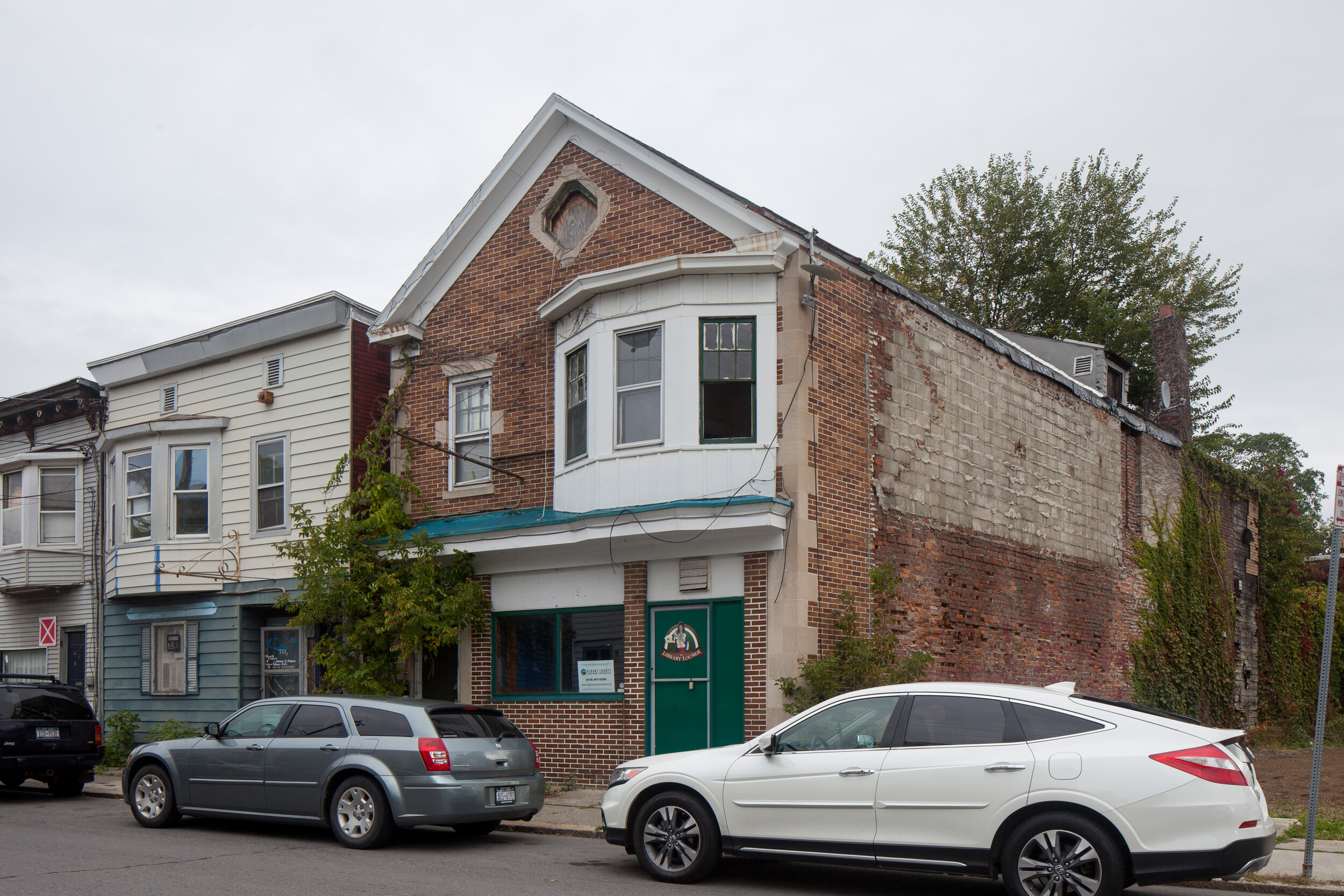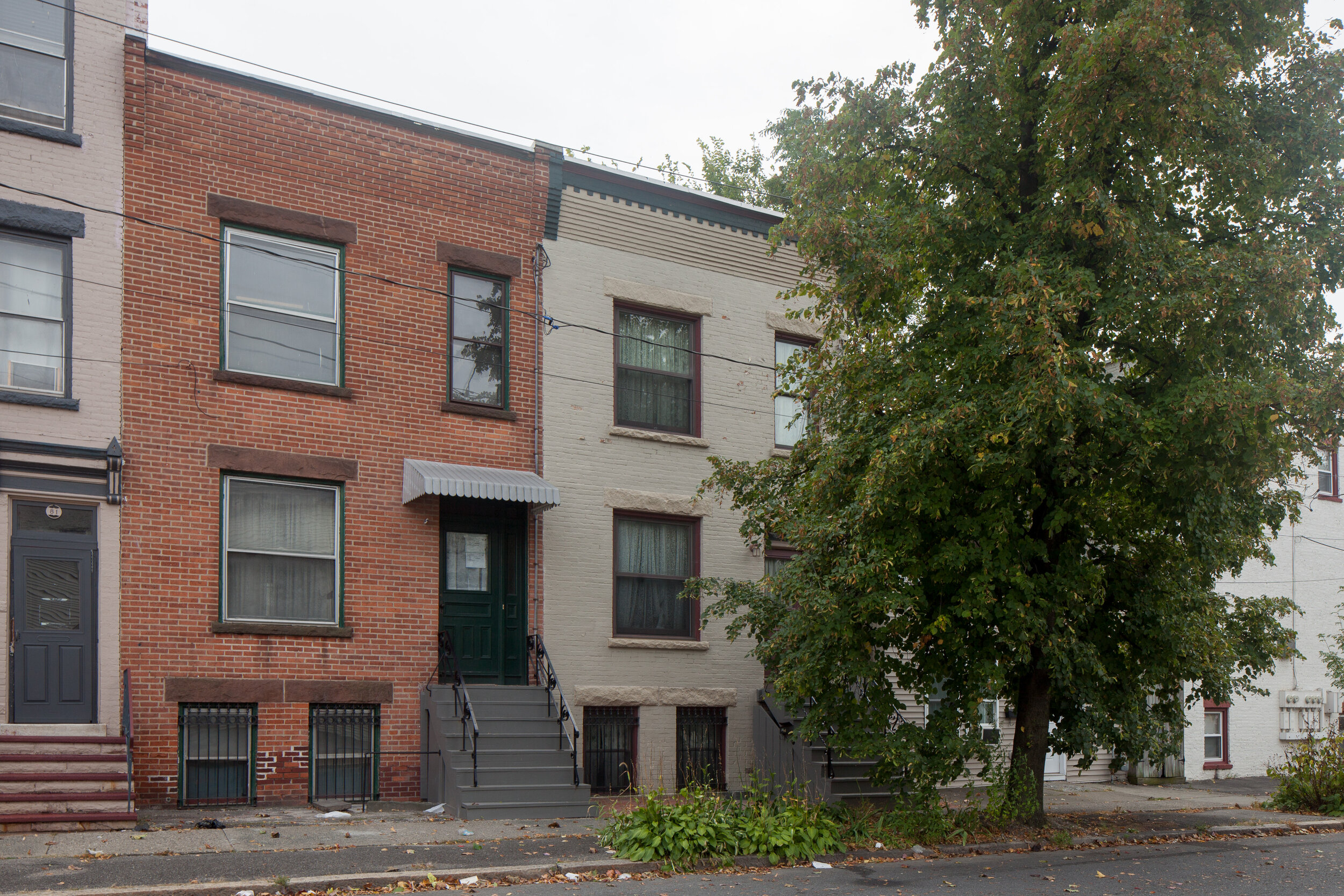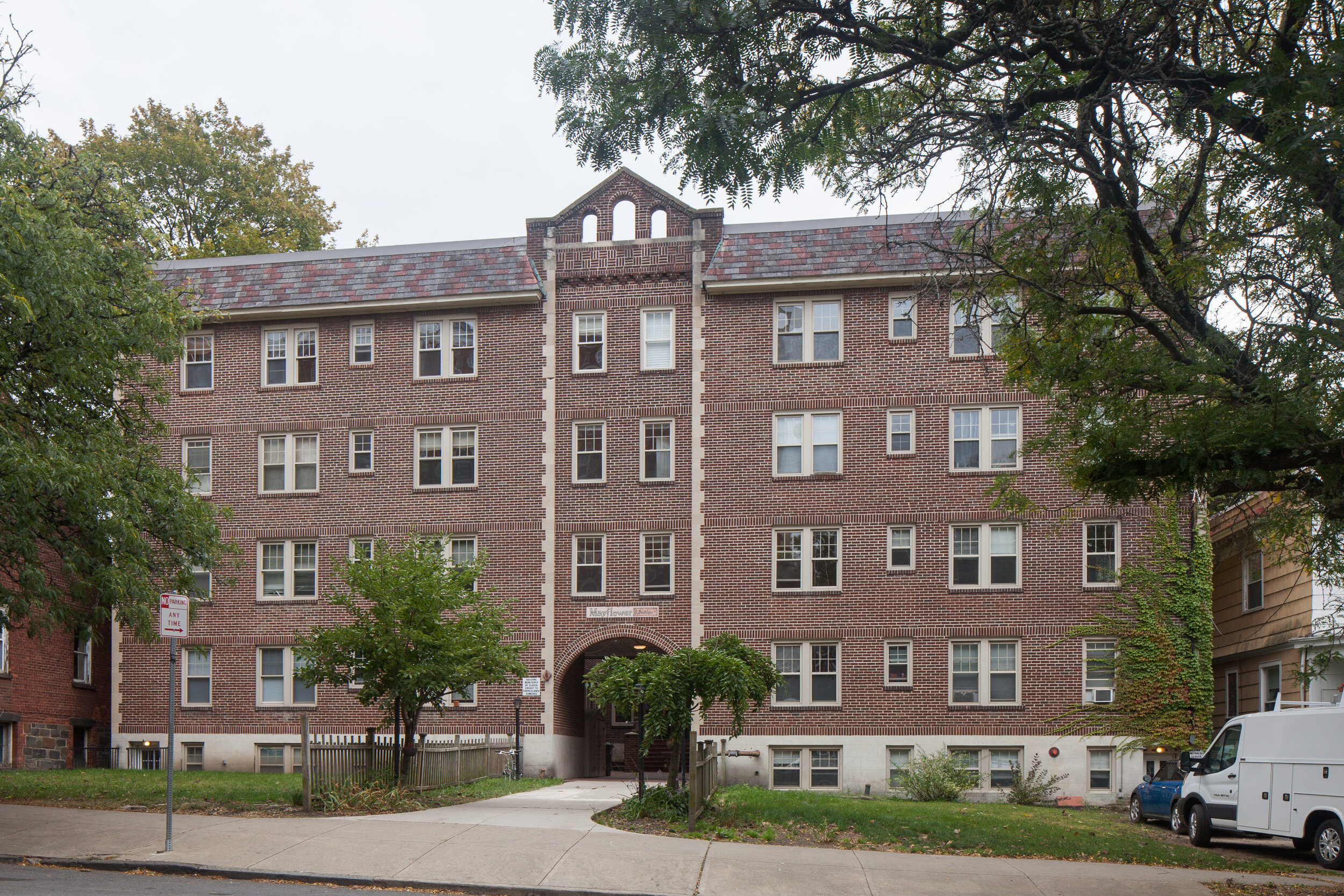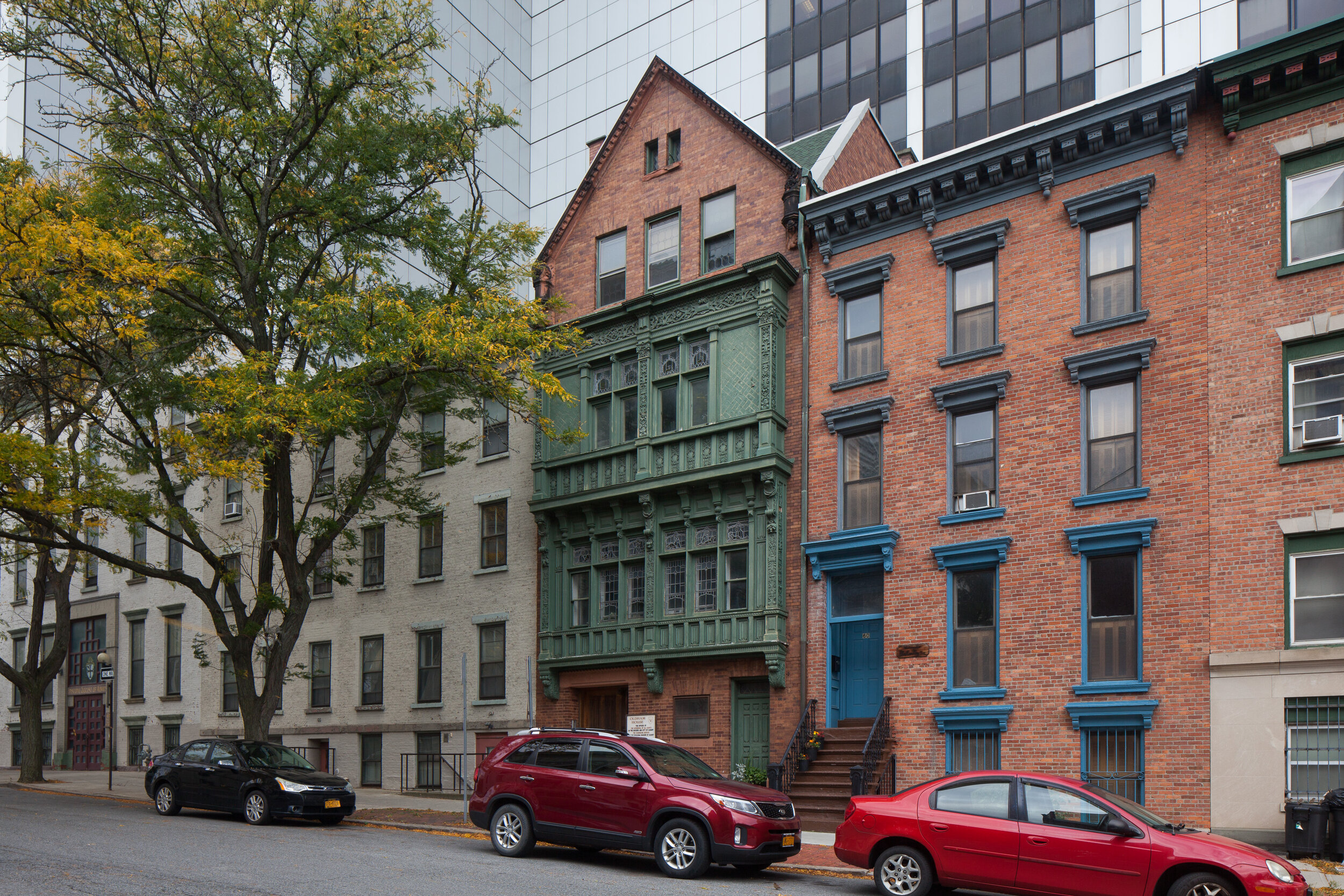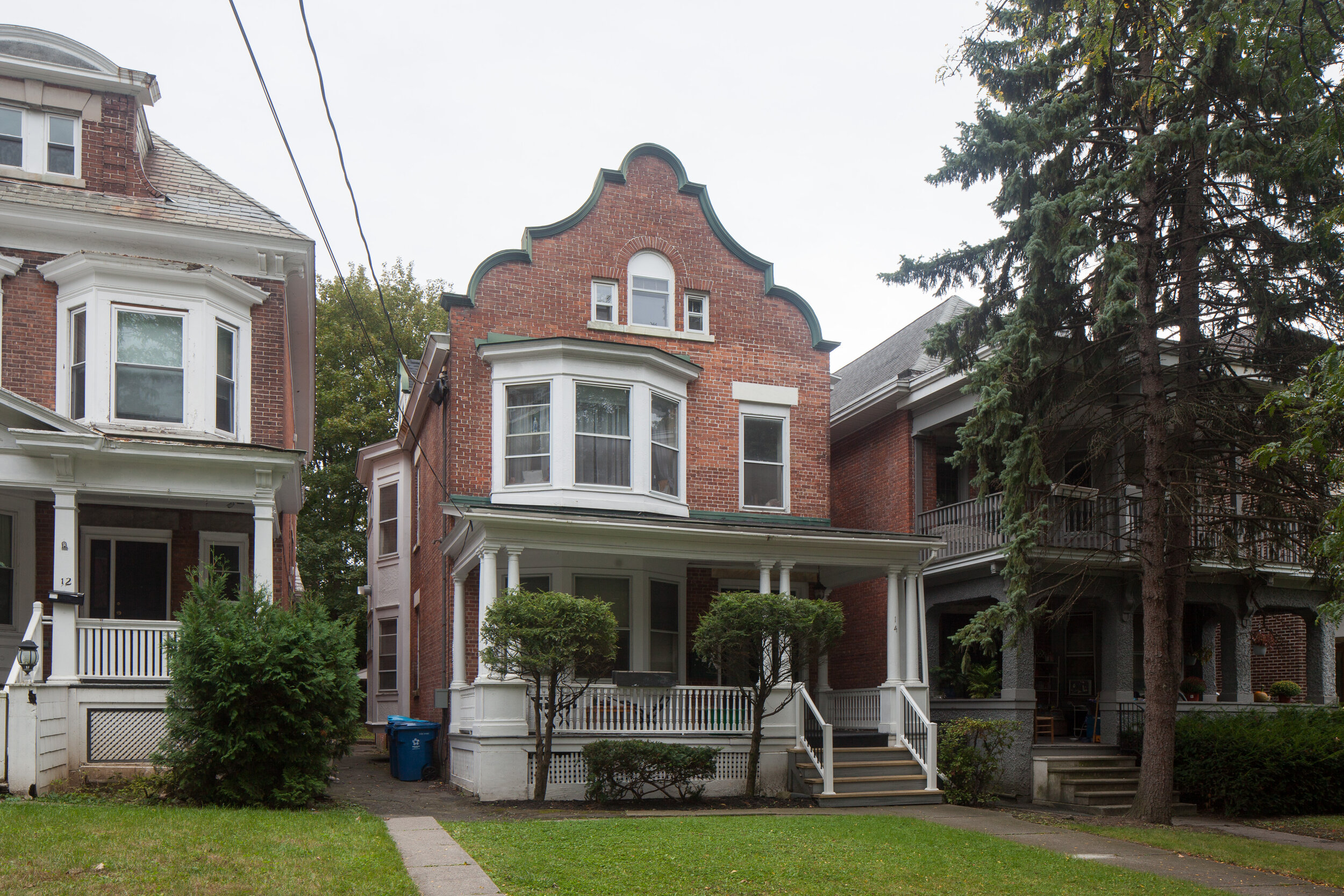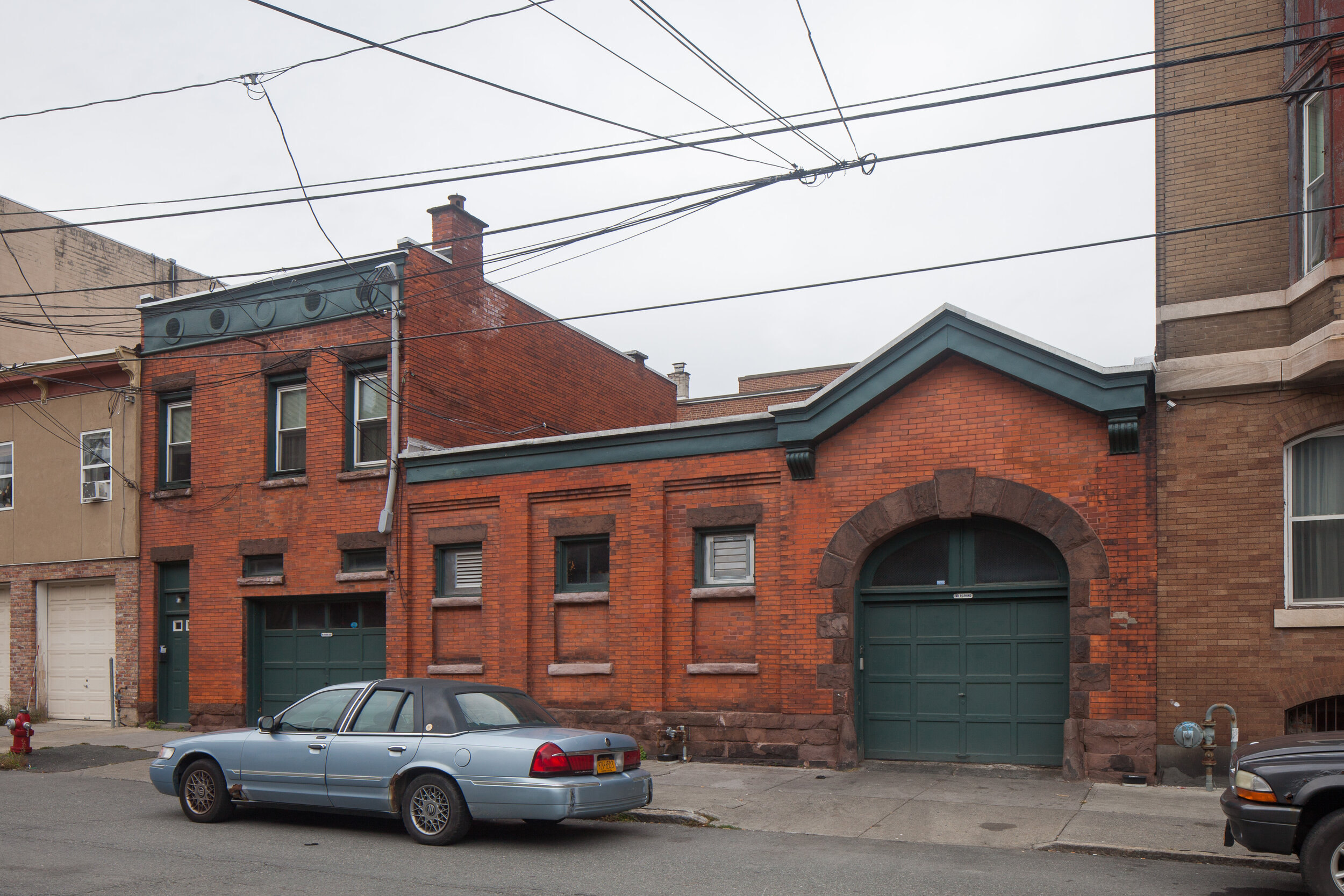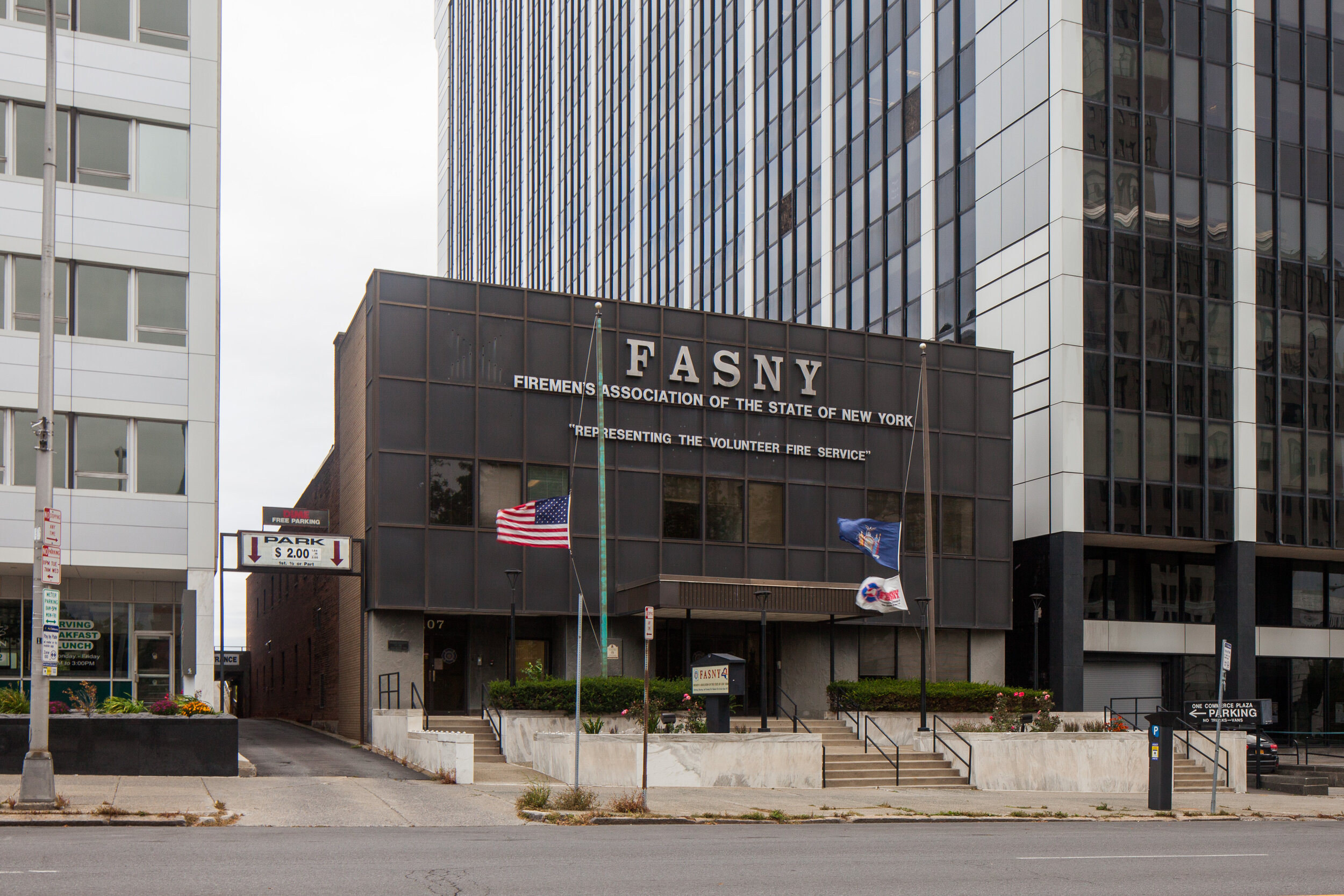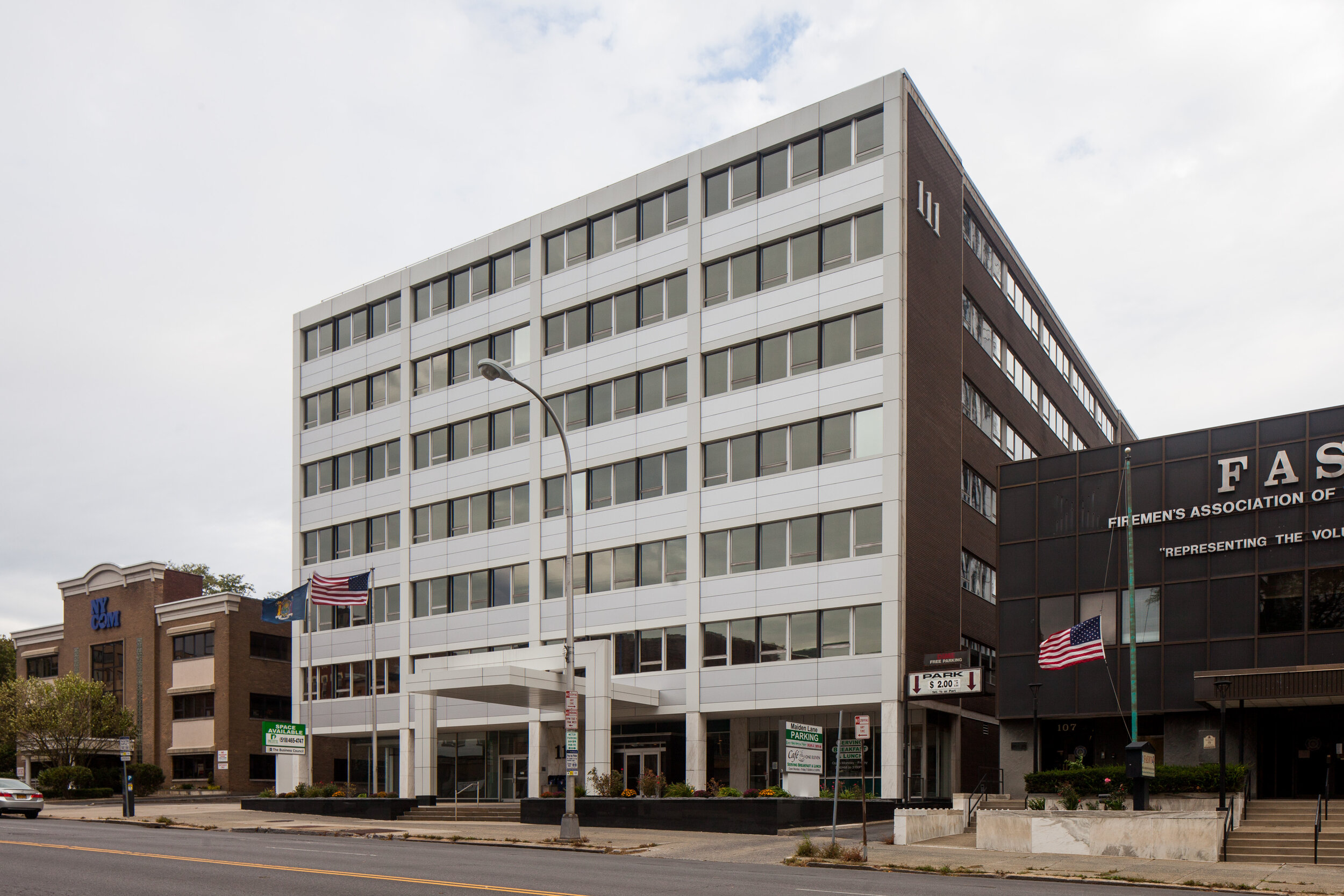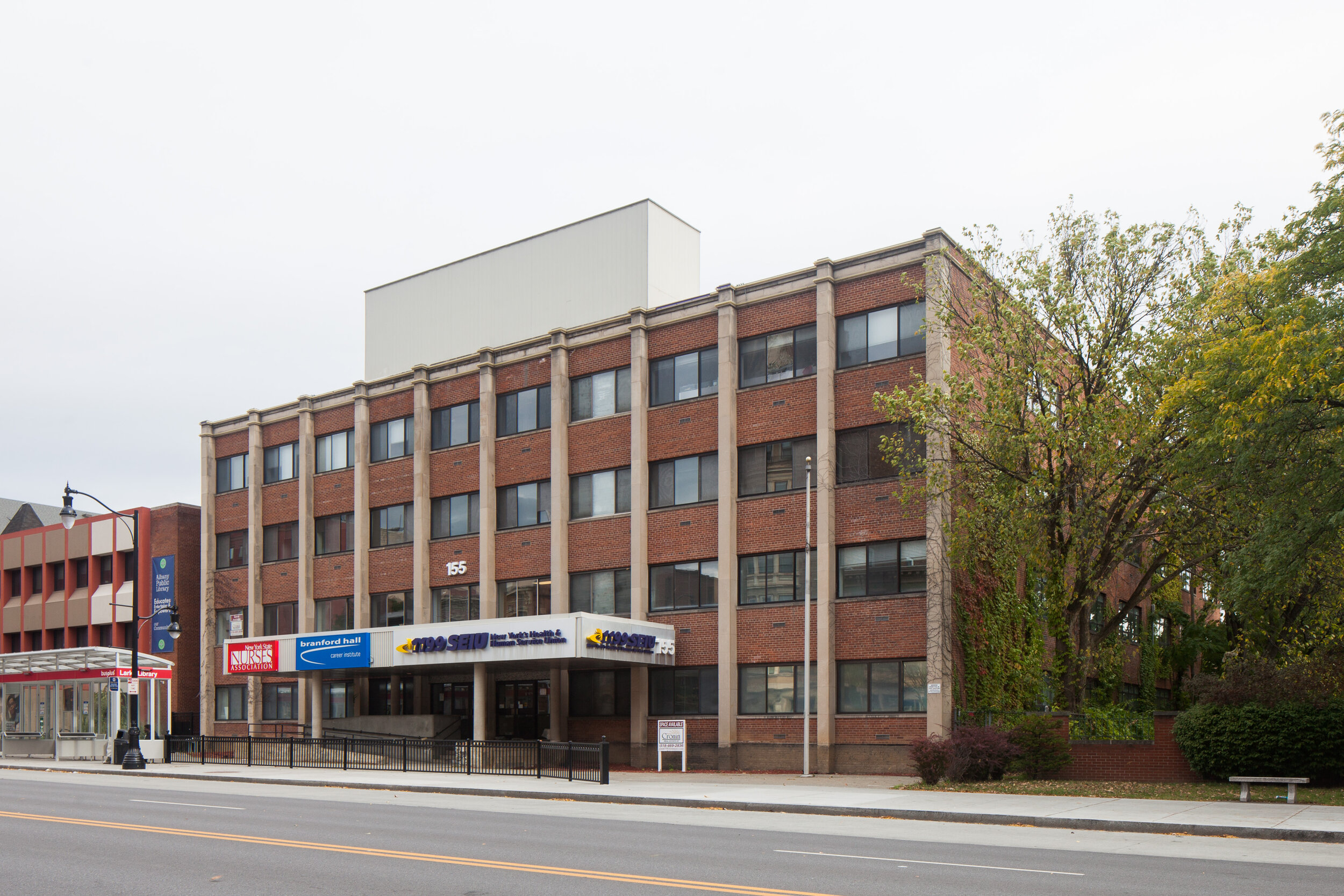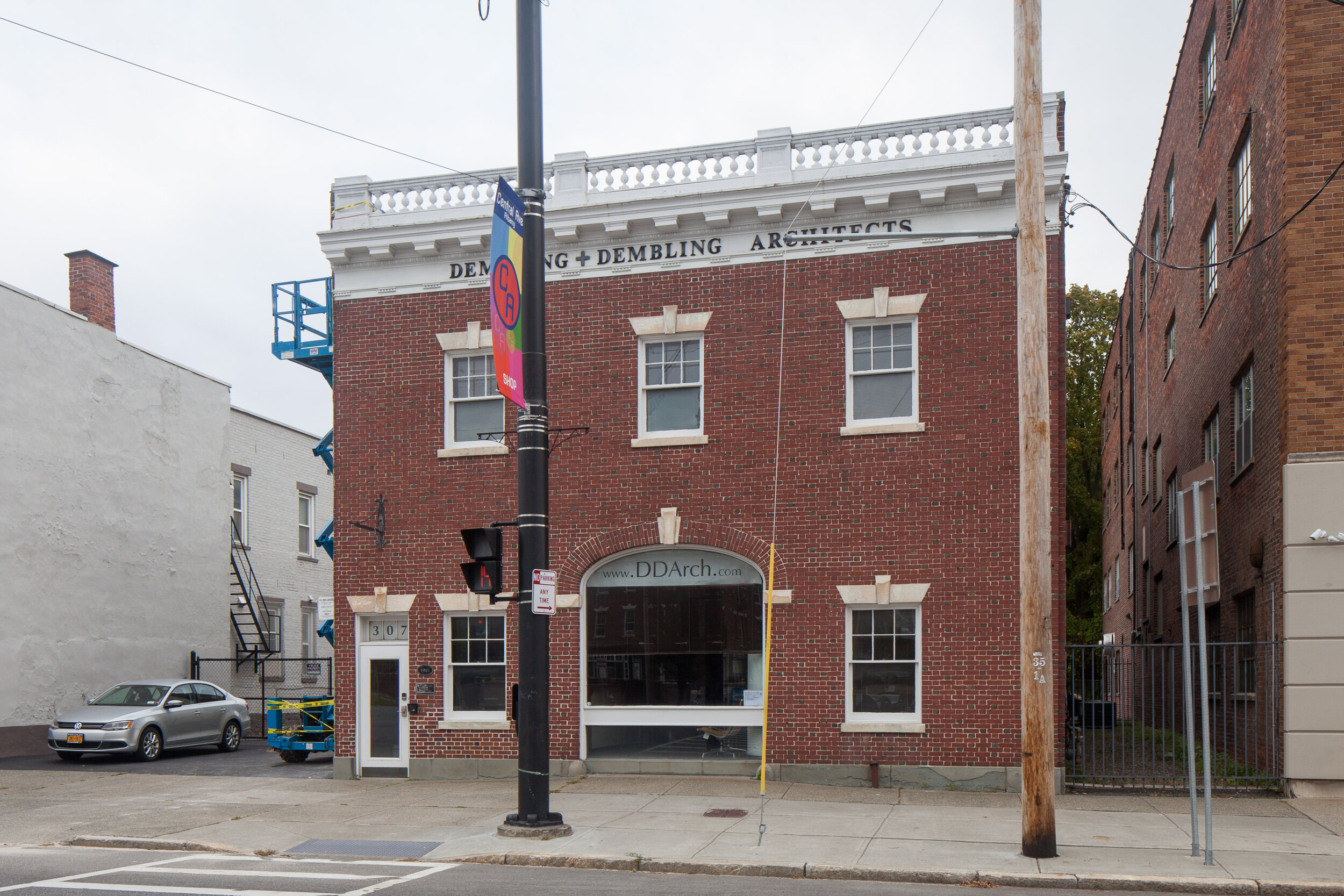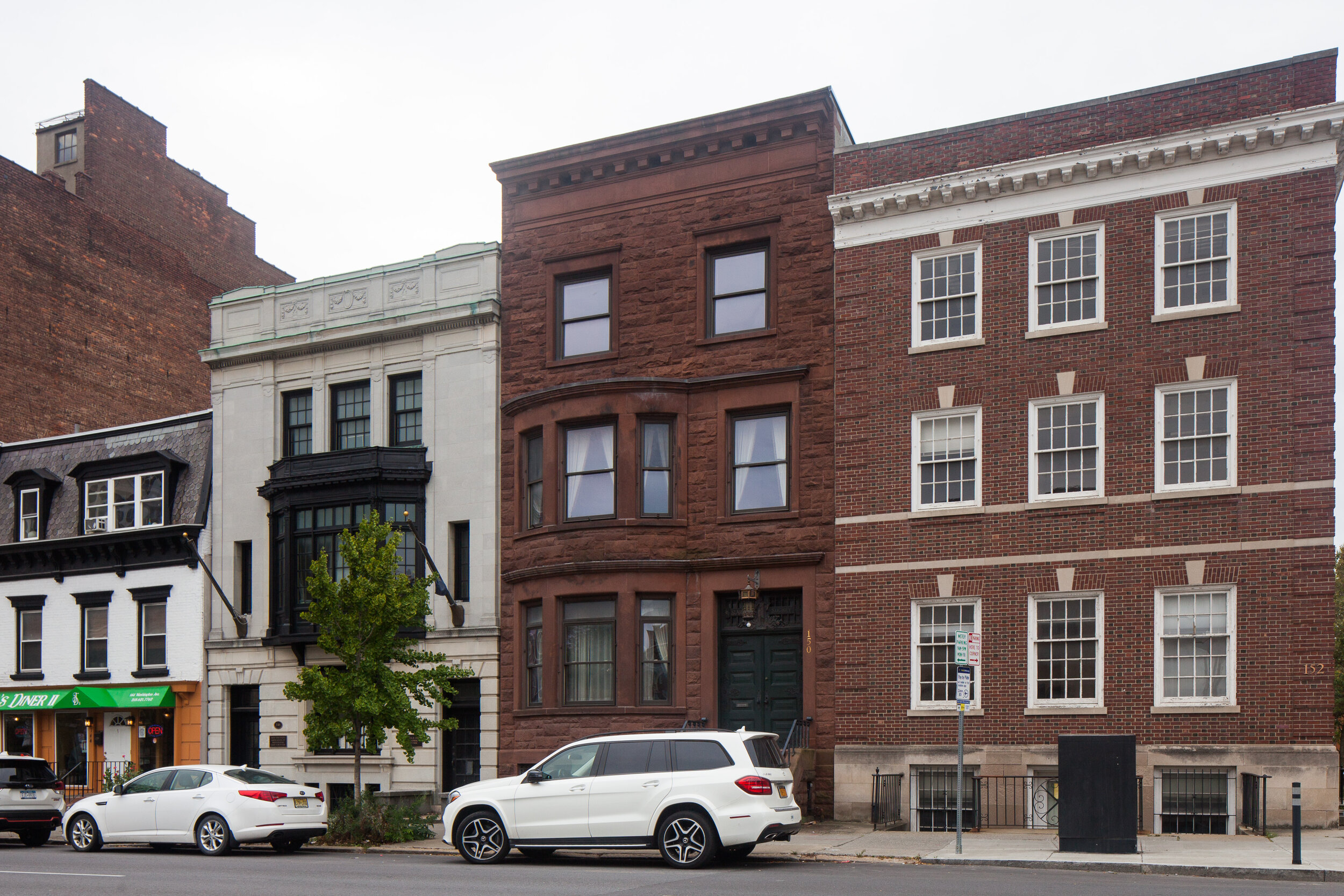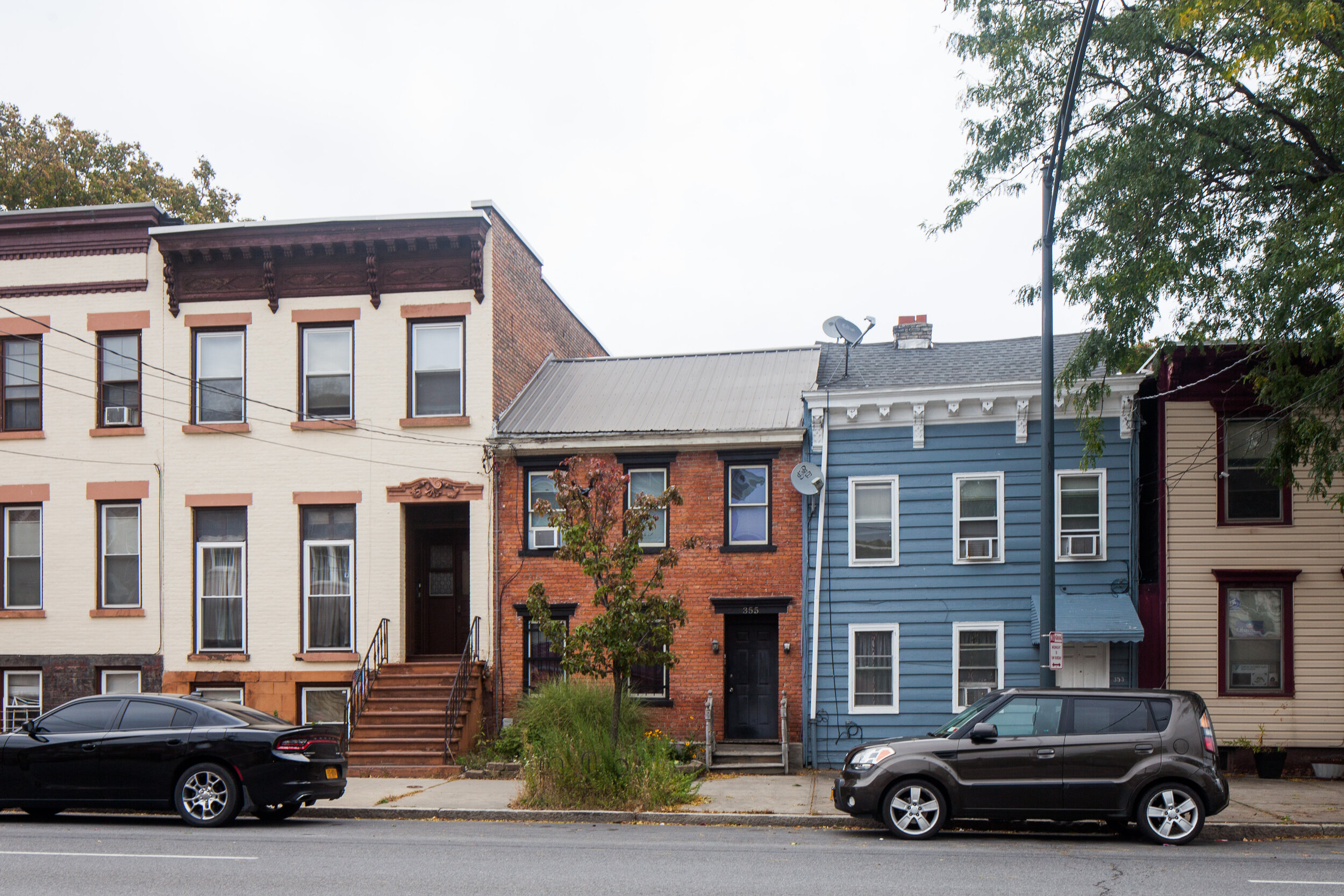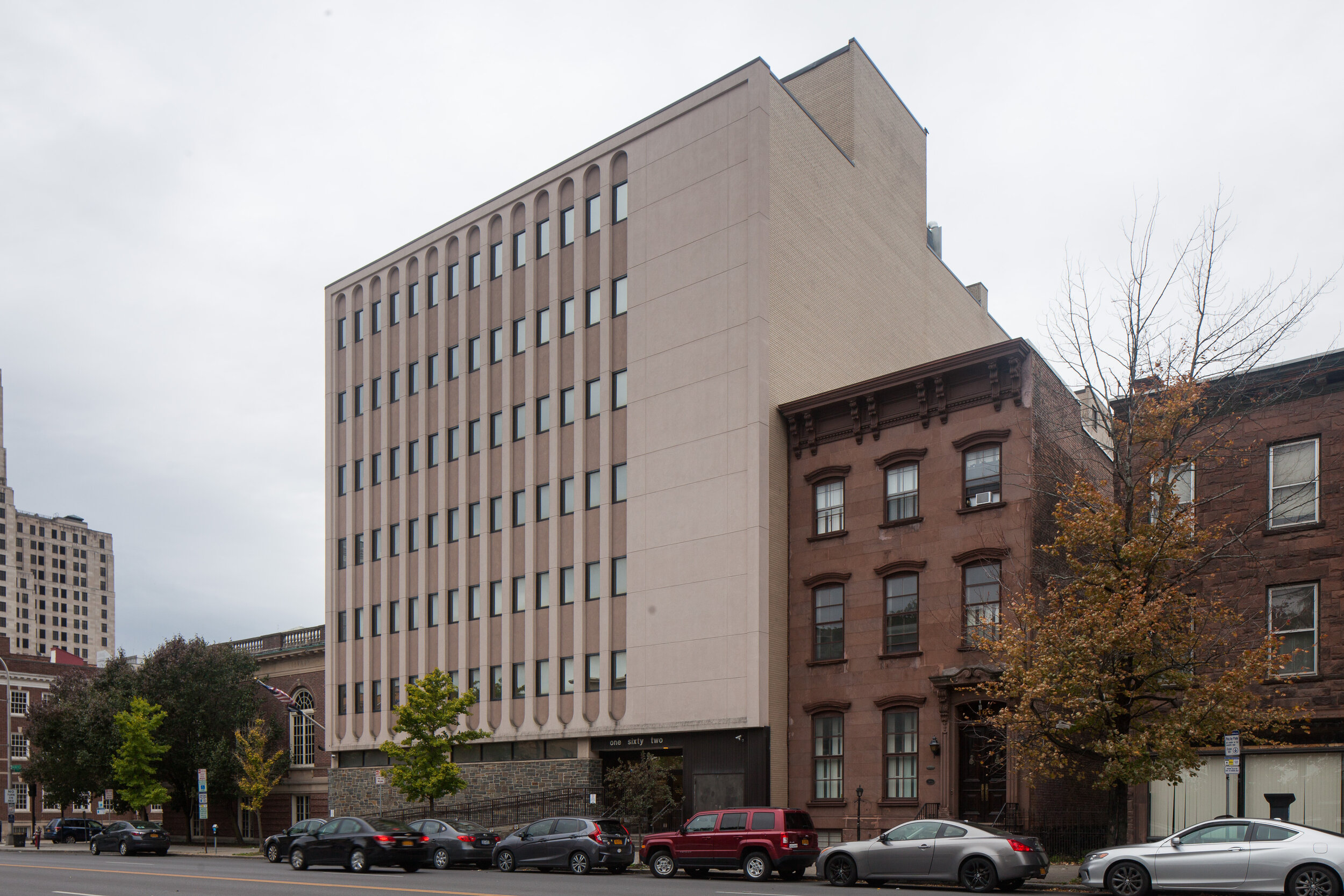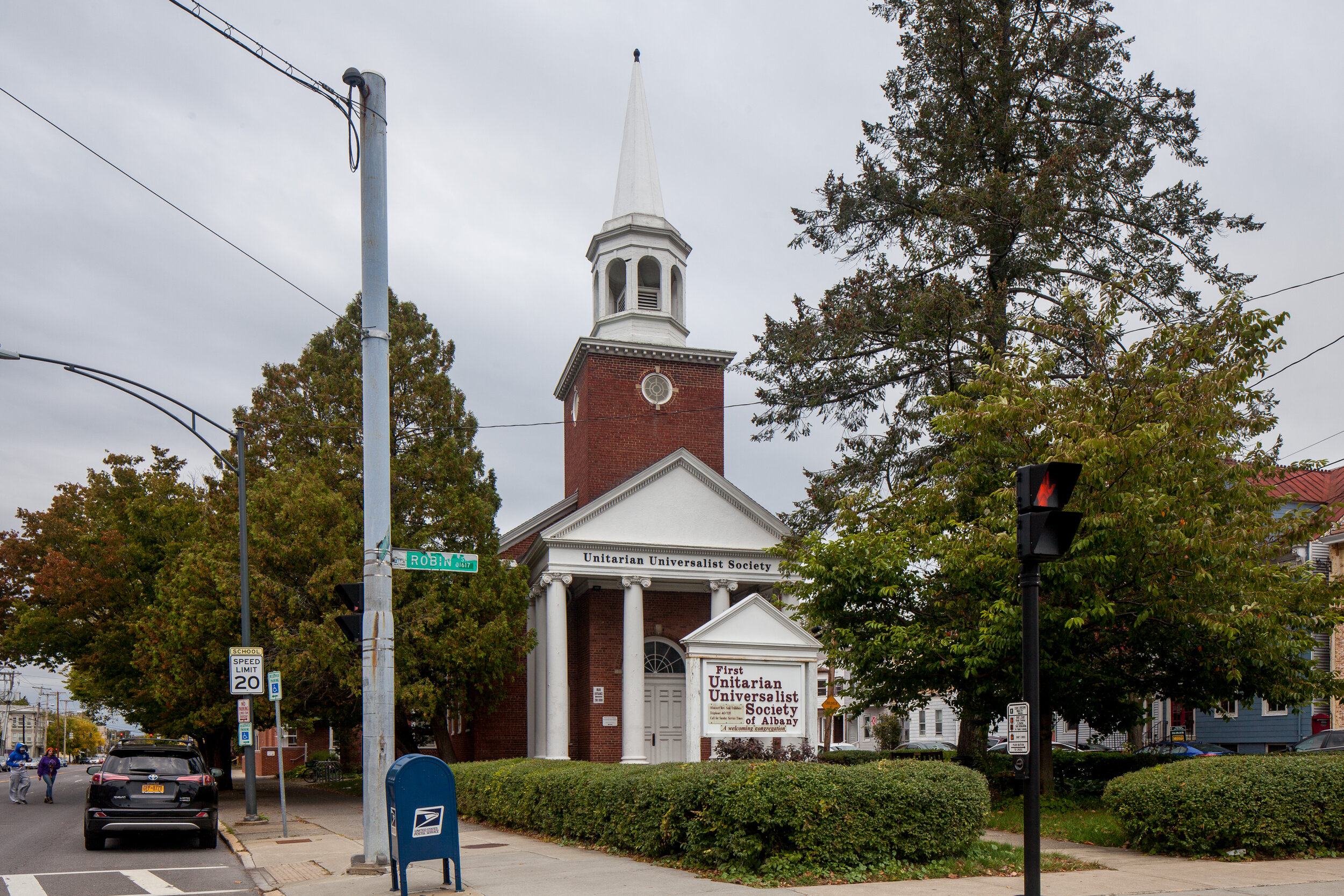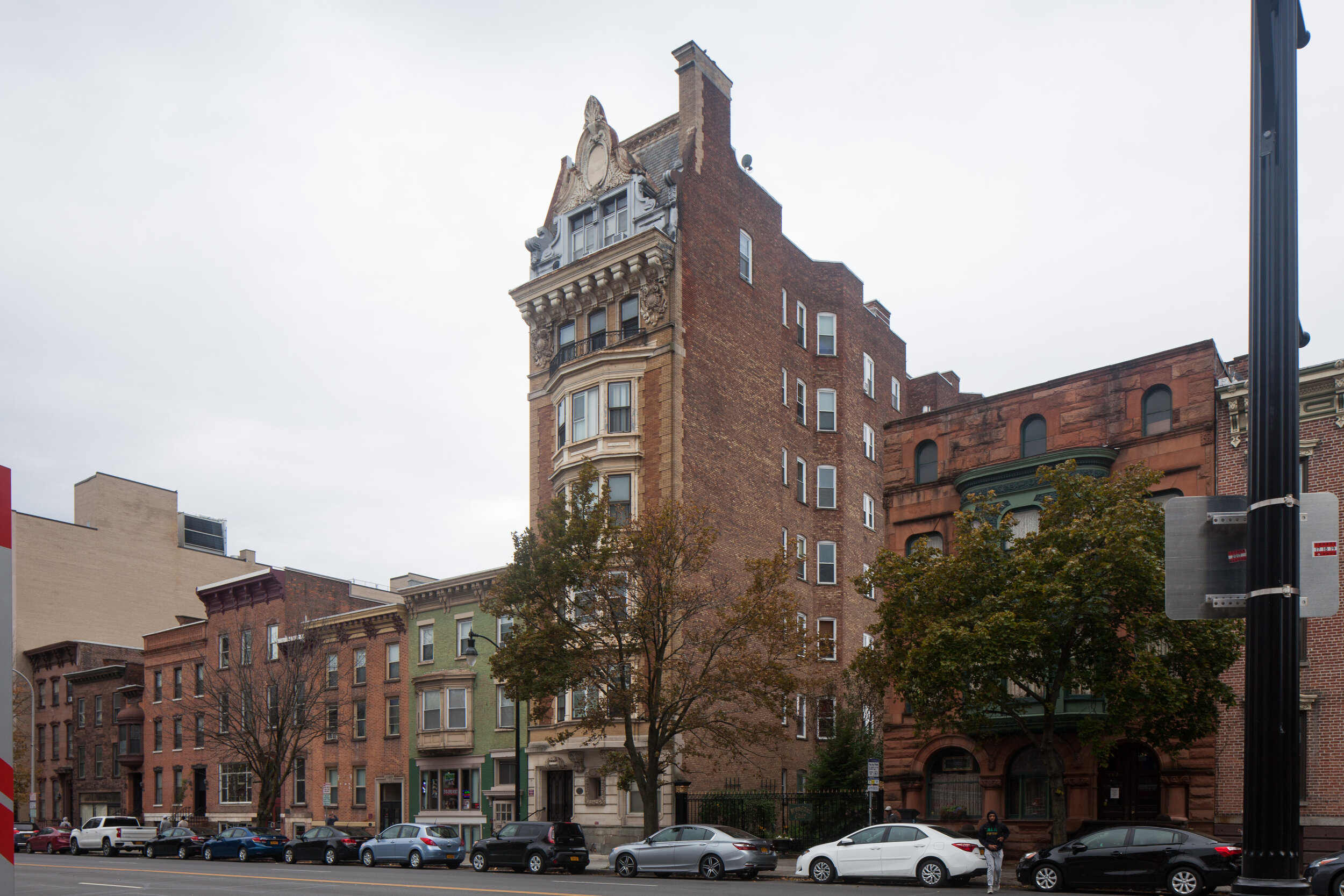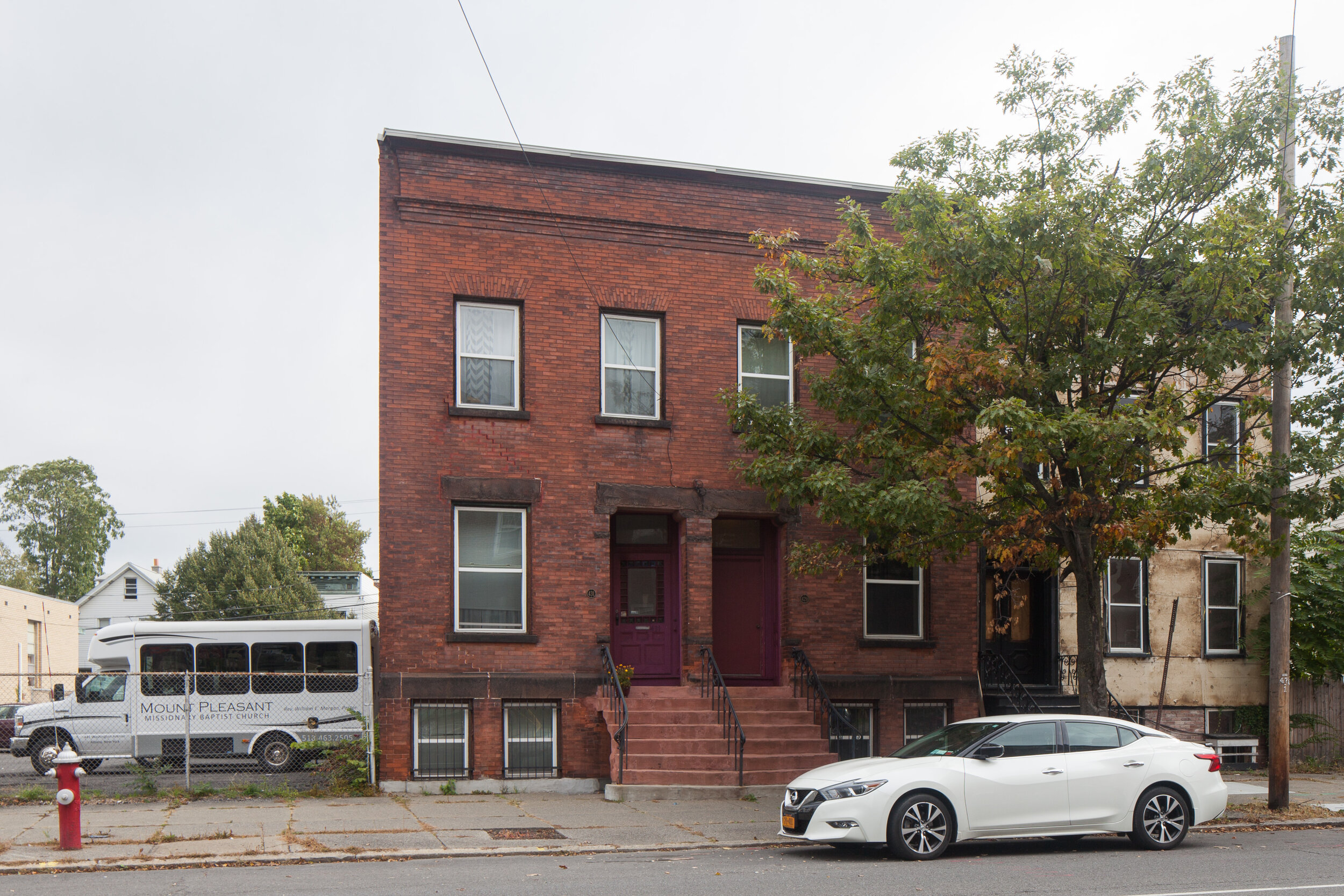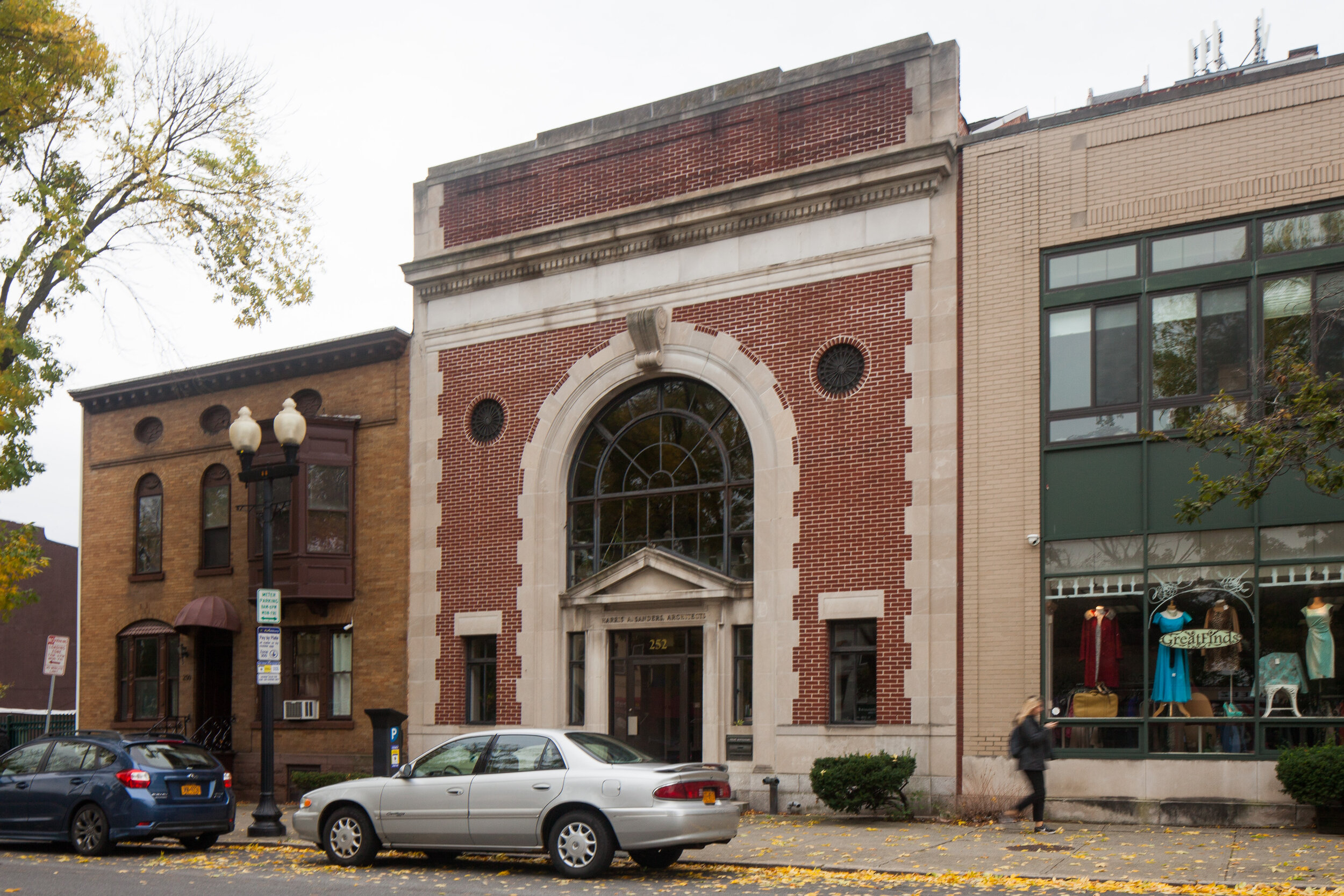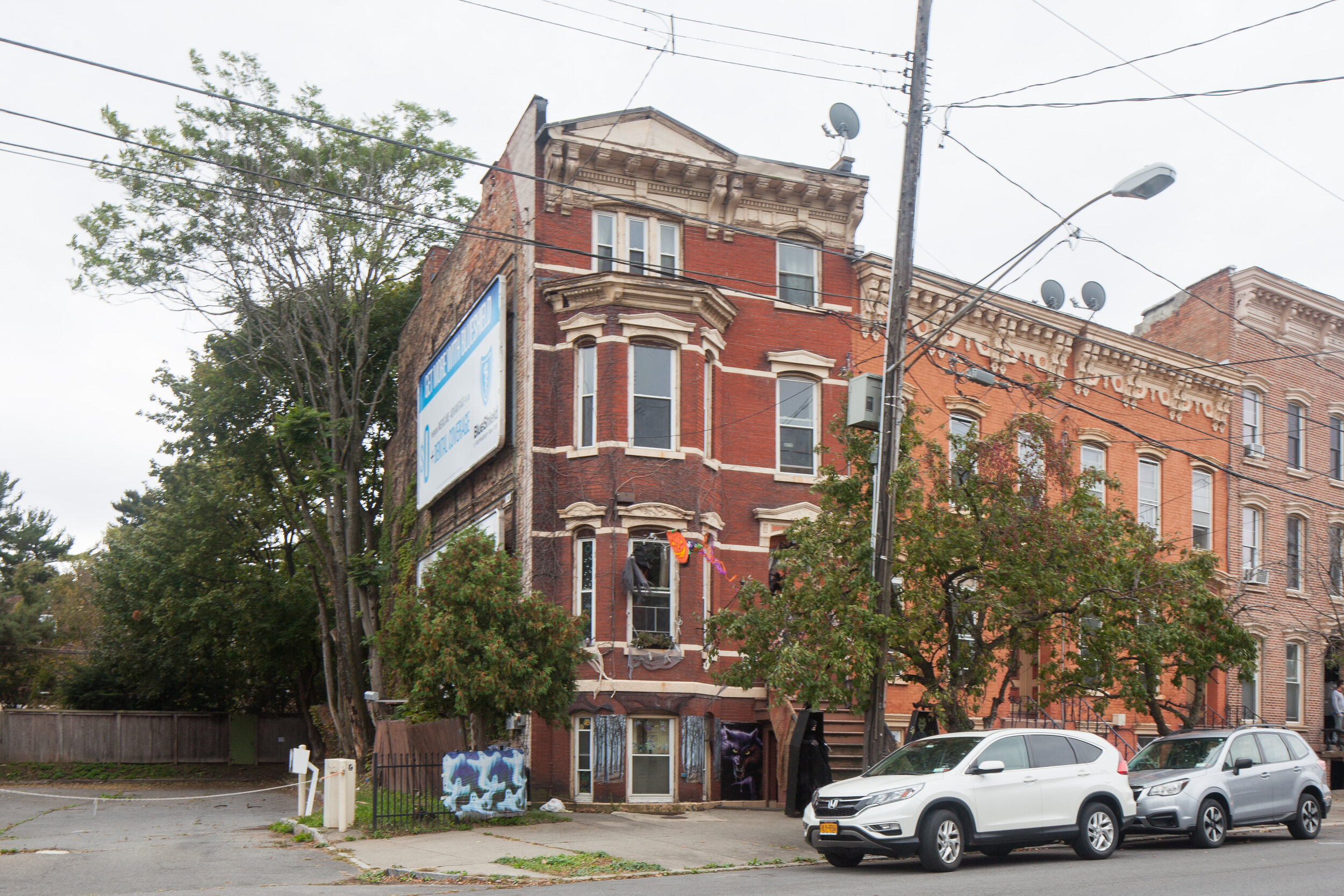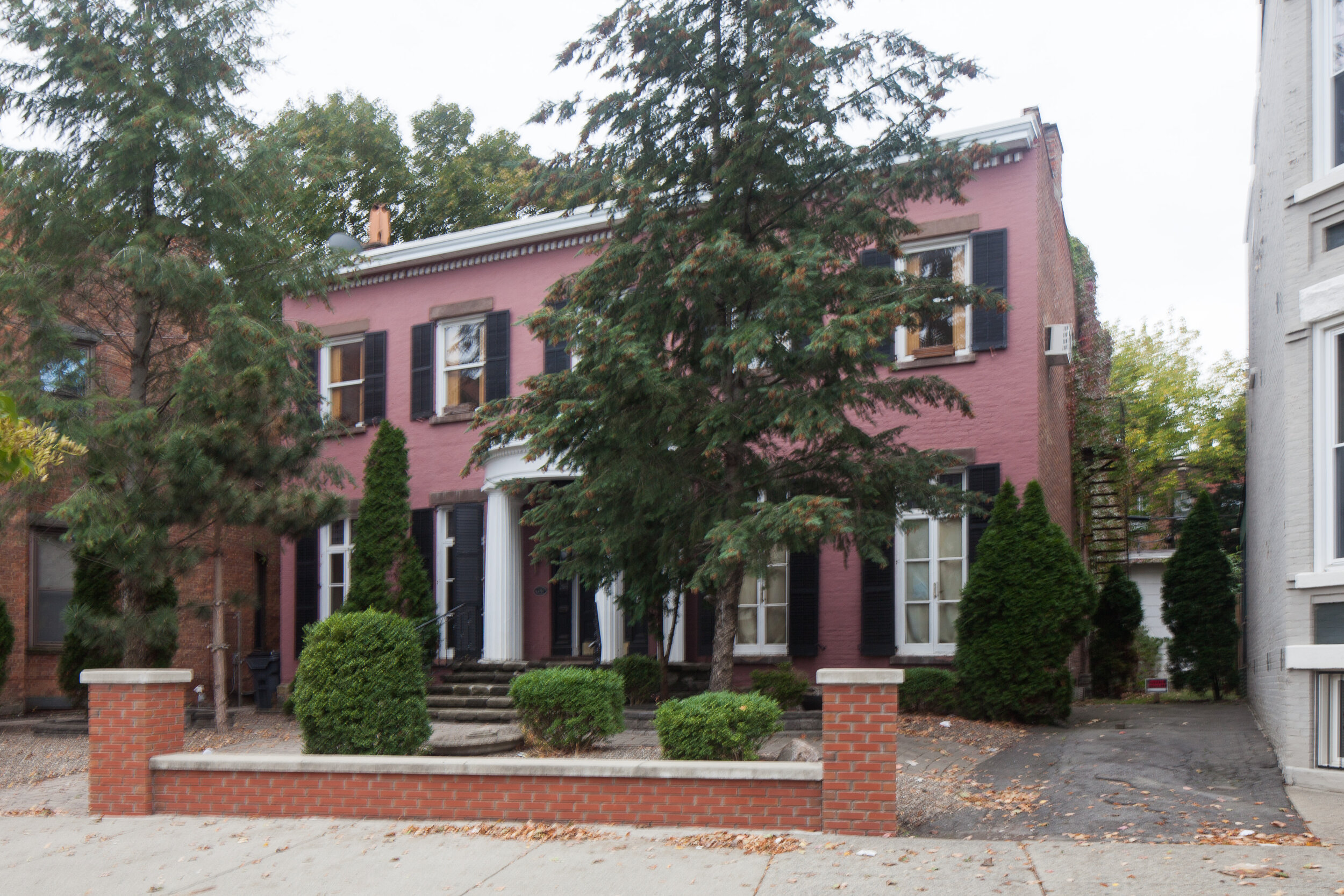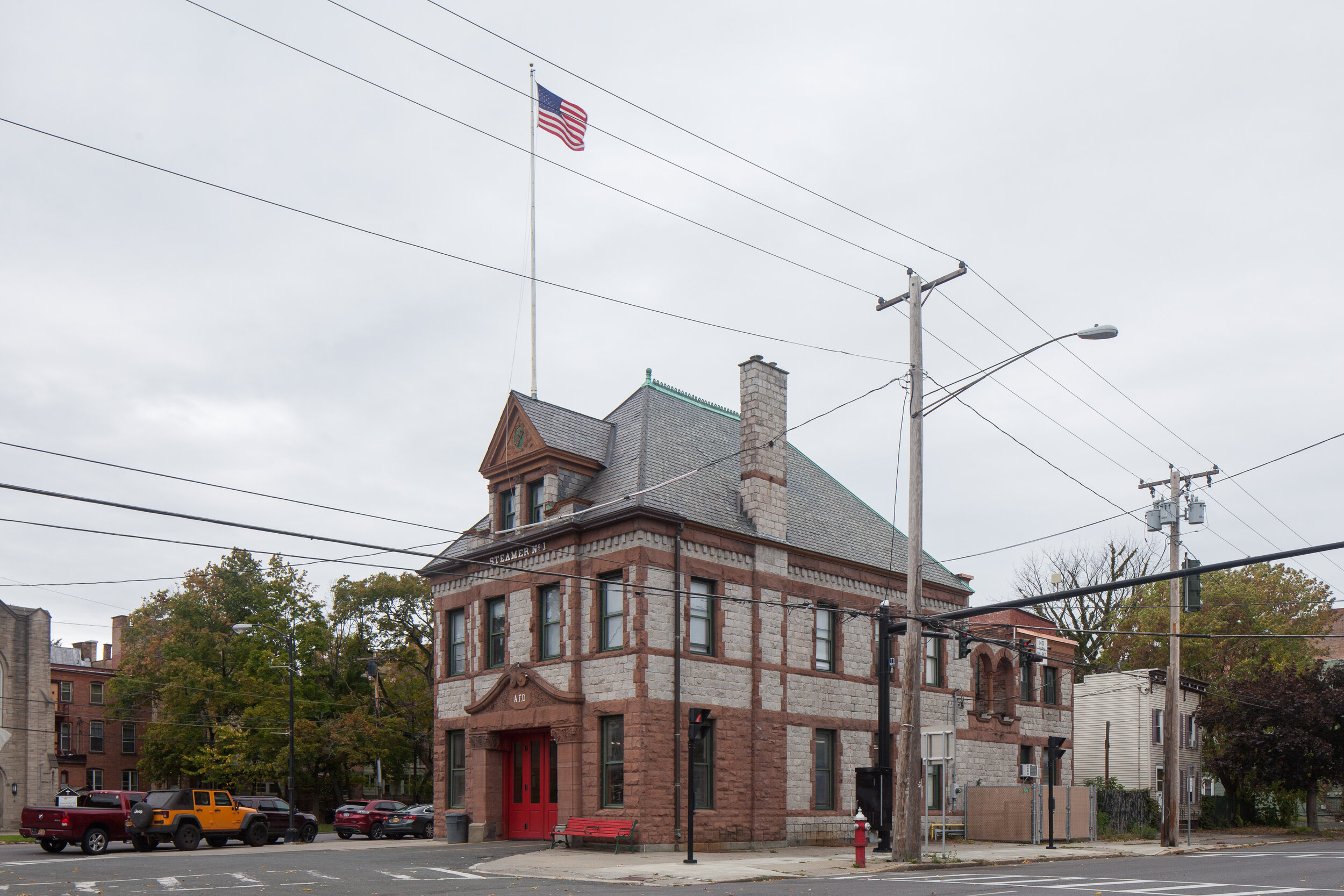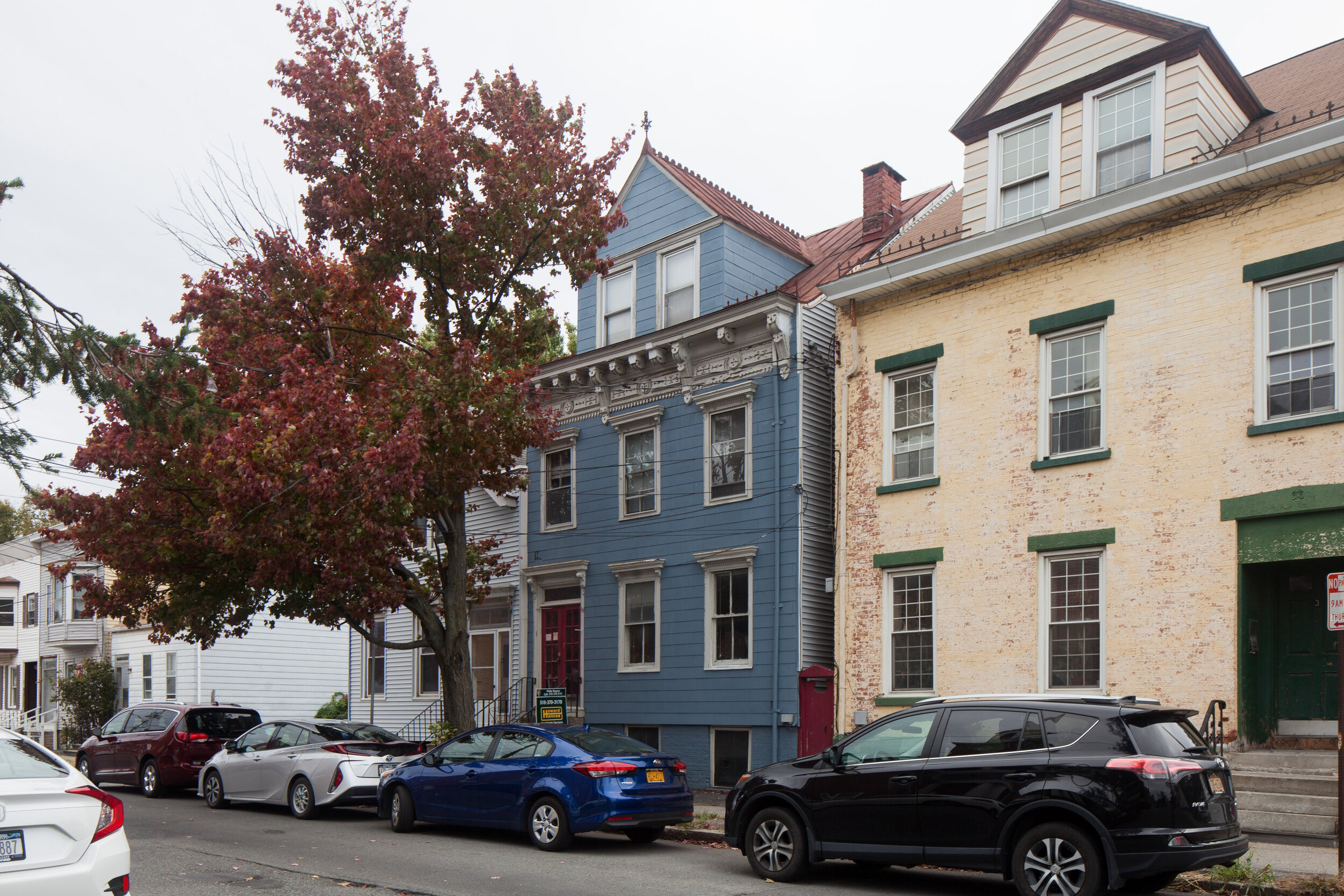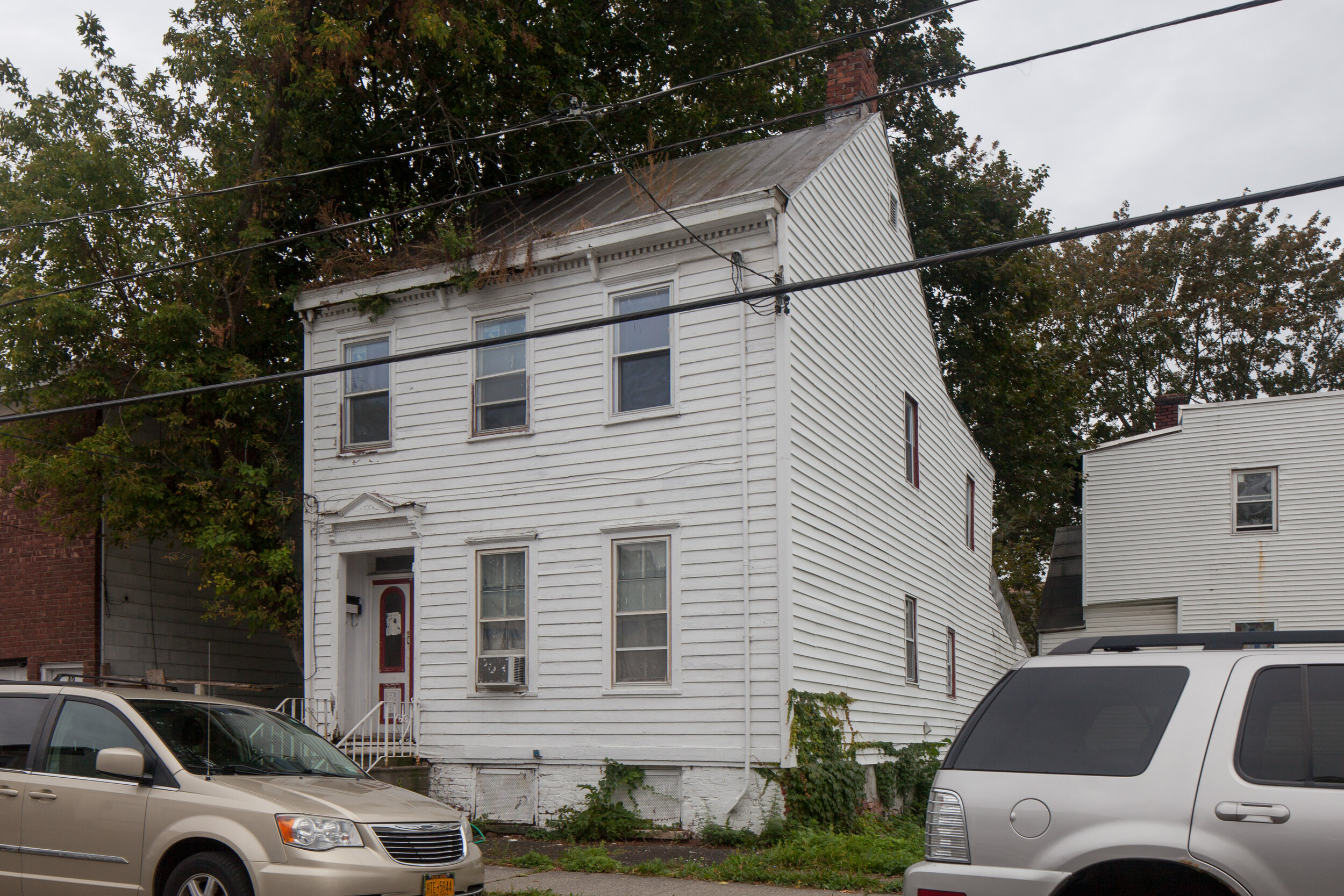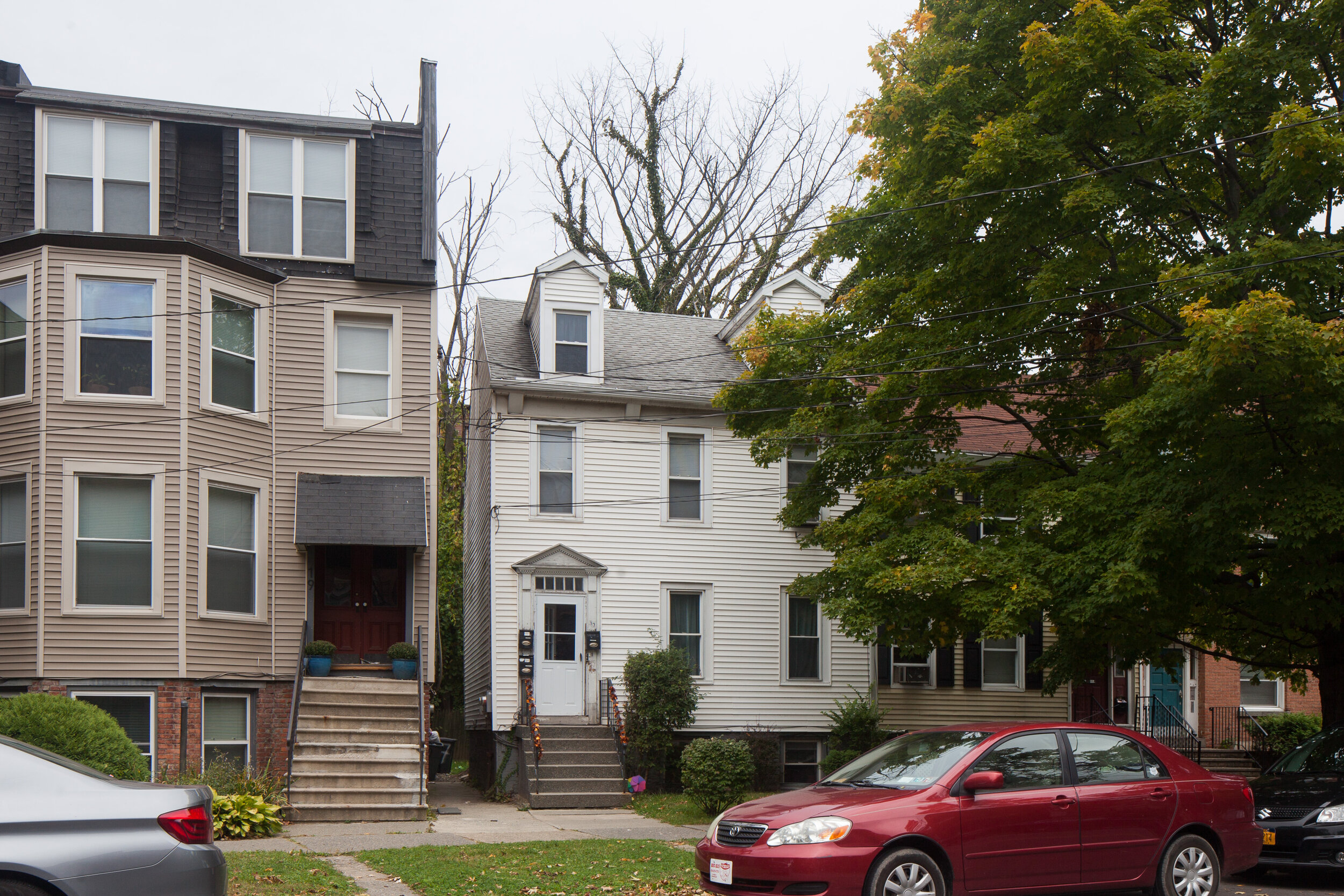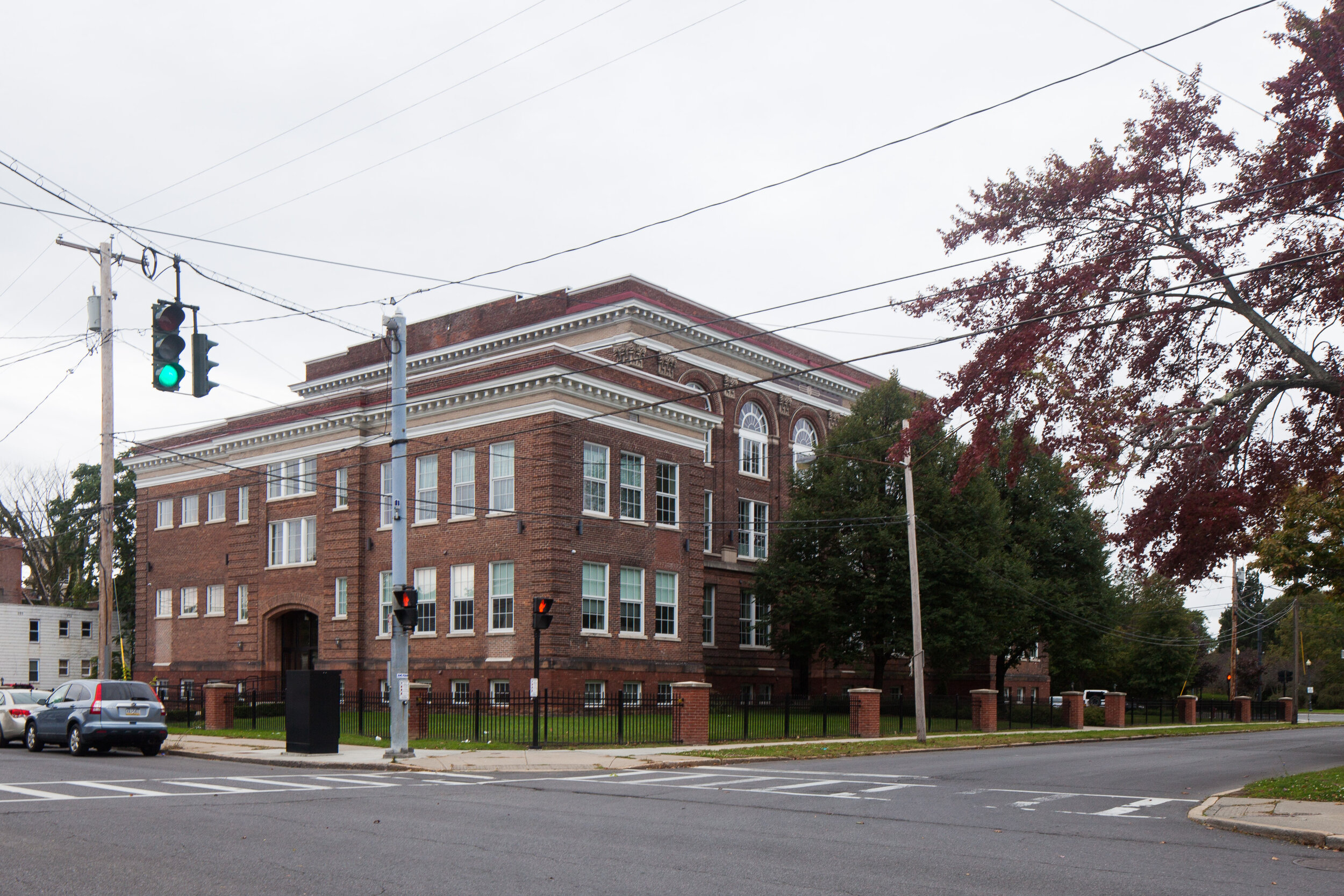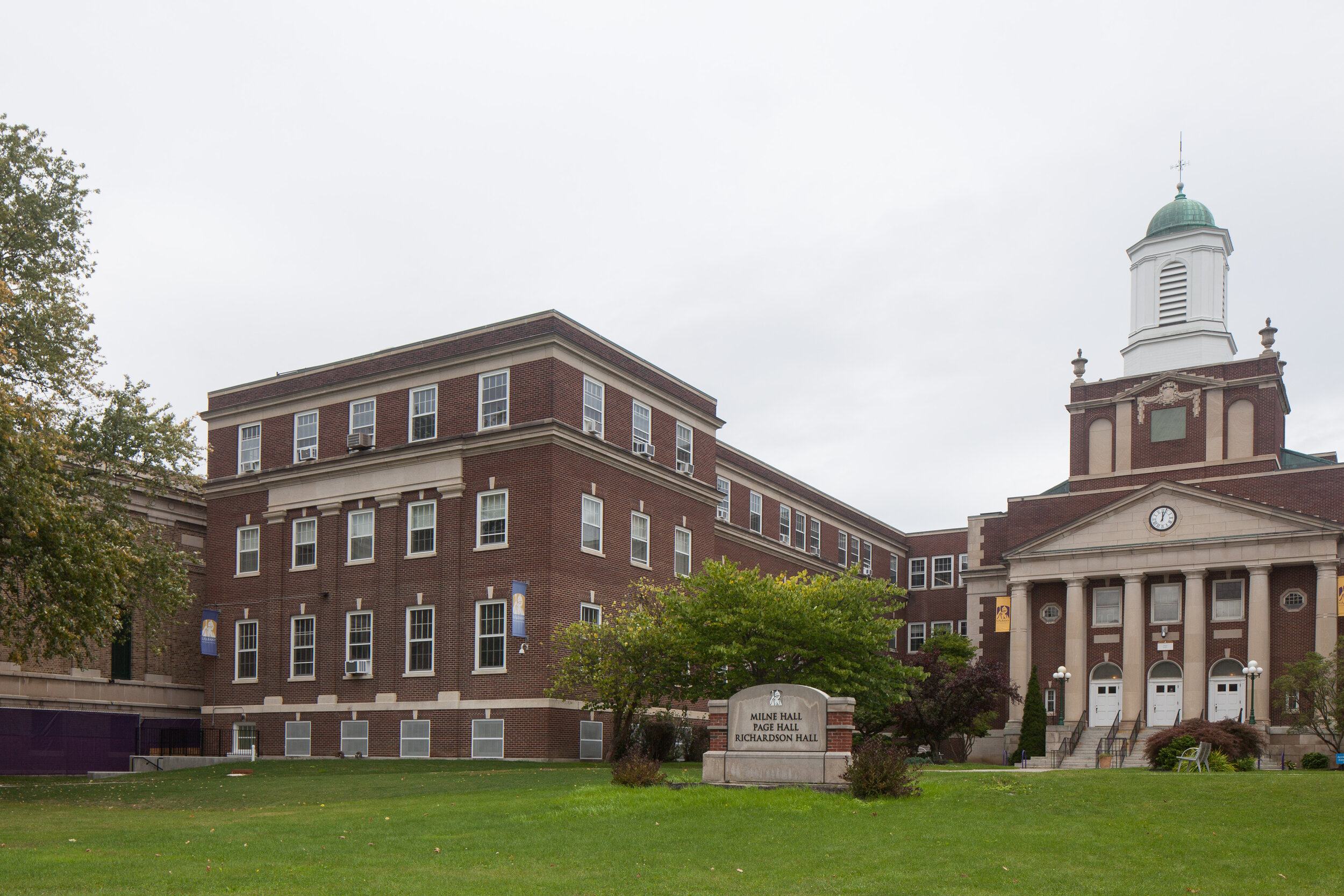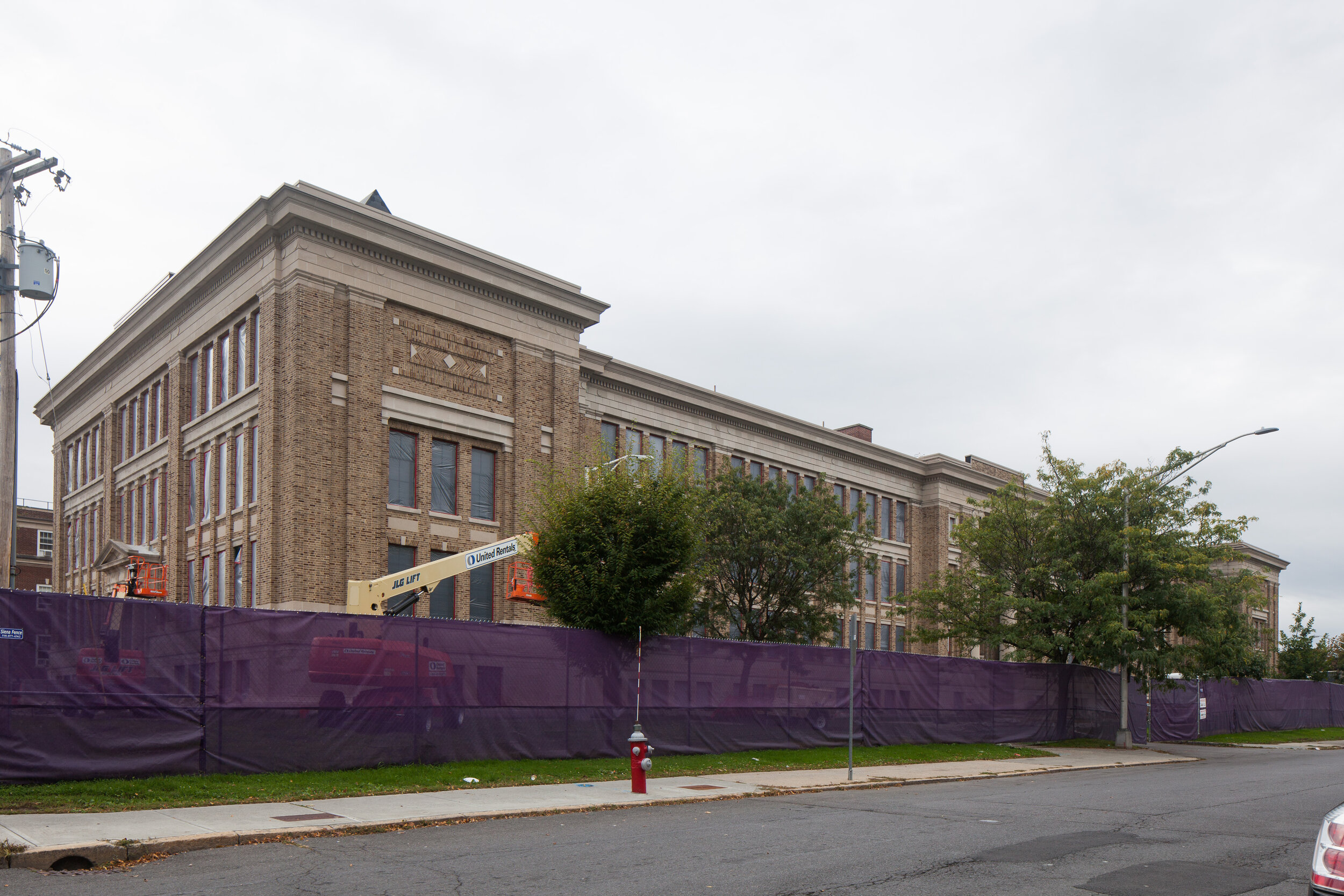Saving Albany’s stories one brick at a time
Historic Albany is proud of Albany’s newest historic district! The Washington Avenue Corridor Historic District was officially listed on the
National Register of Historic Places on November 27, 2019 by the National Parks Service.
The district includes 267 buildings and one site (Townsend Park) on Washington, Western, North Lake and Central Avenues; Lark, Spring, Dove, Bradford, and West Streets. See the map below for the full boundaries. It has a wide variety of building types and styles with an even wider variety of uses including residences, commercial, religious, educational governmental, and cultural buildings.
History
The Washington Avenue Corridor Historic District is located in the City of Albany, Albany County, New York. The nominated historic district encompasses 267 contributing buildings, one contributing site (Townsend Park), 18 non-contributing buildings and seven individually S/NRHP-listed properties. The nominated district was developed and redeveloped steadily over the course of the entirety of the nineteenth and much of the twentieth century, resulting in an architecturally diverse urban environment; the area’s building stock ranges from modest one-story wood-frame houses to high-rise steel-and-glass business towers. The architectural styles of those buildings reflect similar diversity in period, style and use; yet, at the same time, they form a cohesive tapestry particularly when viewed in their historic context. The period of significance begins c. 1790, the date of the earliest building located within the district boundary and seven years before Albany became the permanent capital of New York State, in 1797. The latter year also corresponds with the opening of the Albany & Schenectady Turnpike, which was closely followed by the opening of the Great Western Turnpike only two years later in 1799. Both of those important overland routes had their eastern termini at their intersection with Washington Avenue, which forms the principal arterial within the historic district. Traffic along those turnpikes and the commerce they created helped to spur the first wave of development in that neighborhood in the early nineteenth century. Favorably situated as Albany’s gateway to the lands that beckoned for settlement to the west, the district area experienced steady growth and physical evolution over subsequent decades. The period of significance extends to 1972, when work on the last of the mid-century office buildings along lower Washington Avenue that are deemed significant in the context of the district was completed.
For a full history and building list, see the complete nomination here!
This project was funded in part by the National Trust for Historic Preservation and a Preserve New York grant from the Preservation League of New York State. Preserve New York is a signature grant program of the New York State Council on the Arts and the Preservation League of New York State. Preserve New York is made possible with the support of Governor Andrew M. Cuomo and the New York State Legislature.



Washington Avenue Historic District Boundaries
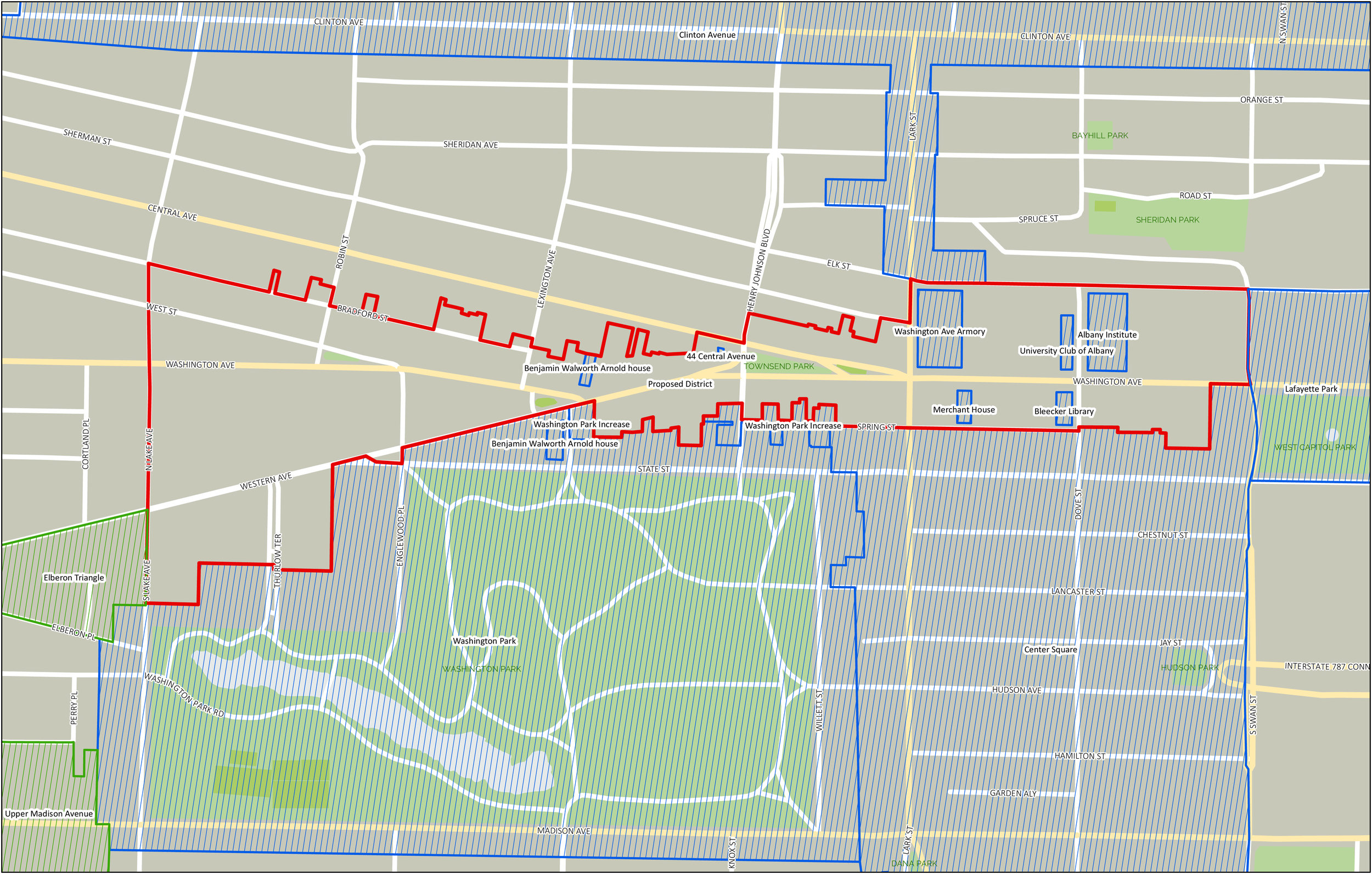
What does listing on the National Register mean?
National Register listing is honorific recognition of a group of buildings, sites, landscapes that have historic or architectural importance. Most importantly, buildings listed on the National Register of Historic Places are eligible for the Federal and New York State Rehabilitation Tax Credits. The Rehabilitation Tax Credits are the best incentive for investors and homeowners to rehab and improve historic buildings and are often the gap filler in a projects funding stream.
National Register listing also requires that any project utilizing state or federal funding be reviewed by the State Historic Preservation Office to ensure no harm will be done to the historic district’s buildings or an individual landmark. This may be a state or municipal project or a private project which will utilize state or federal funds. For example, a DOT project would require review as would a project accepting tax credits.
More information about the National Register of Historic Places can be found here: https://www.nps.gov/subjects/nationalregister/index.htm
More information about the New York State Rehabilitation Tax Credit (20% of rehabilitation costs) can be found here: https://parks.ny.gov/shpo/tax-credit-programs/
More information about the Federal Rehabilitation Tax Credit (20% of the rehabilitation costs) can be found here: https://www.nps.gov/tps/tax-incentives.htm


